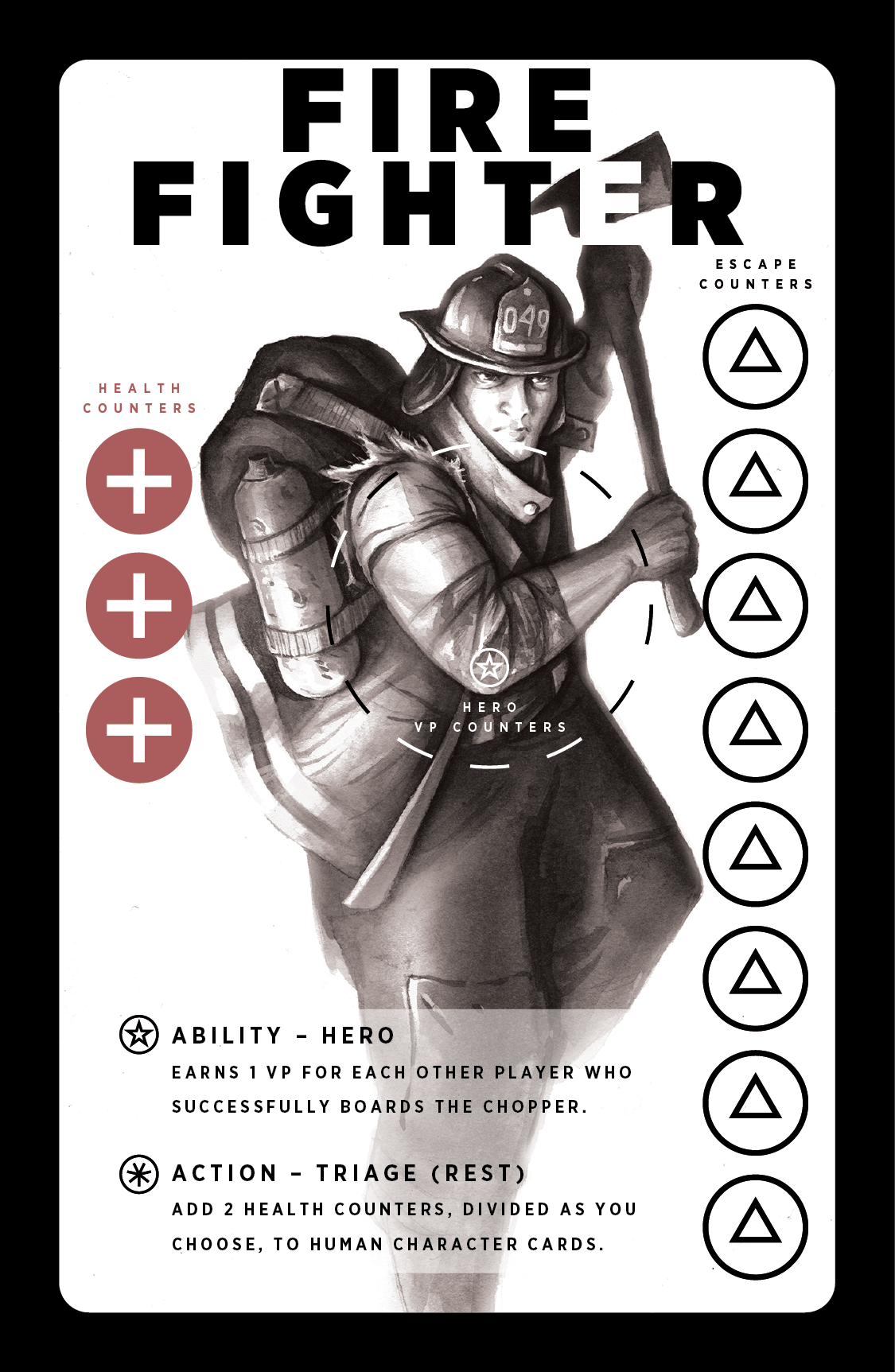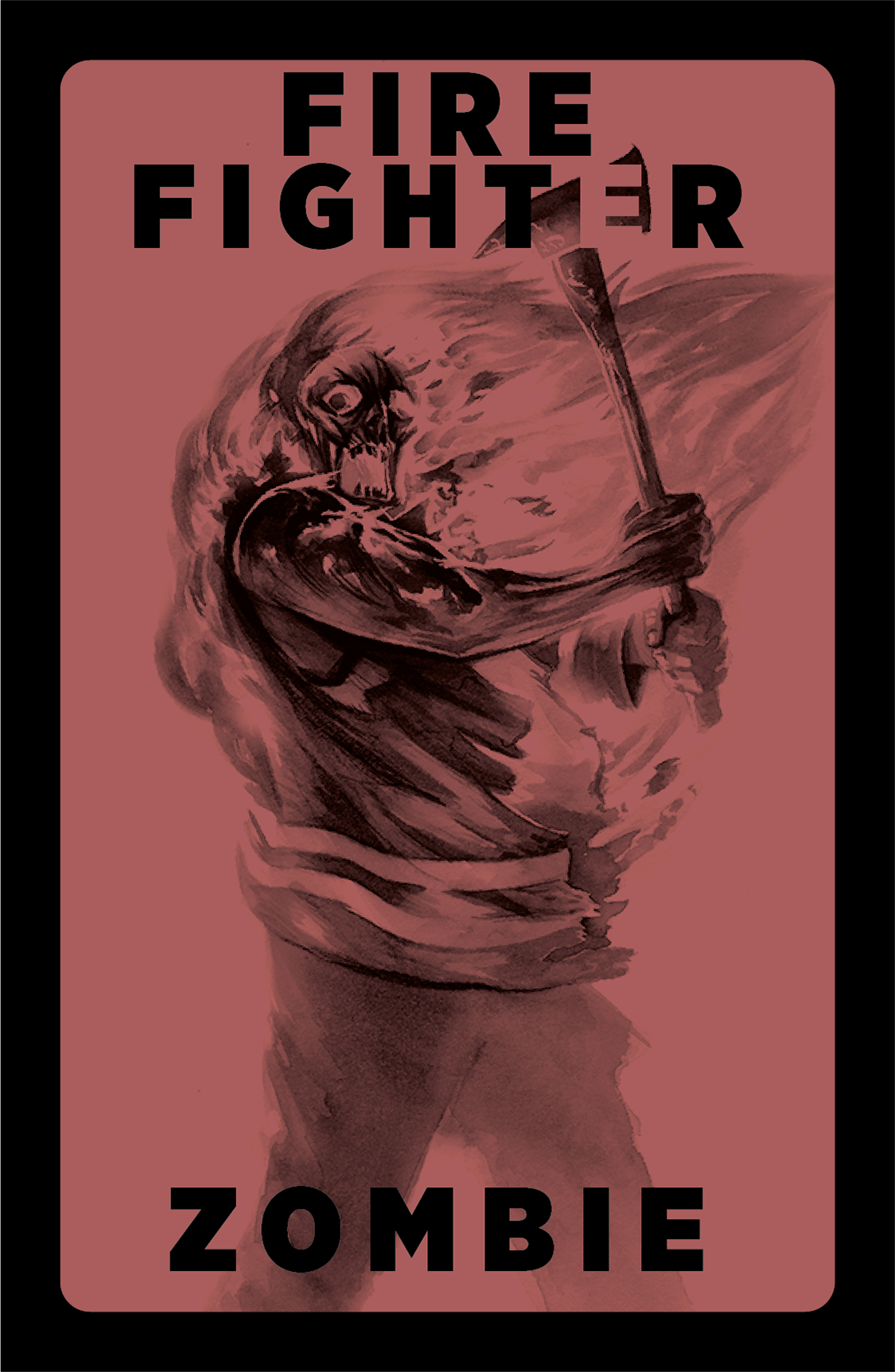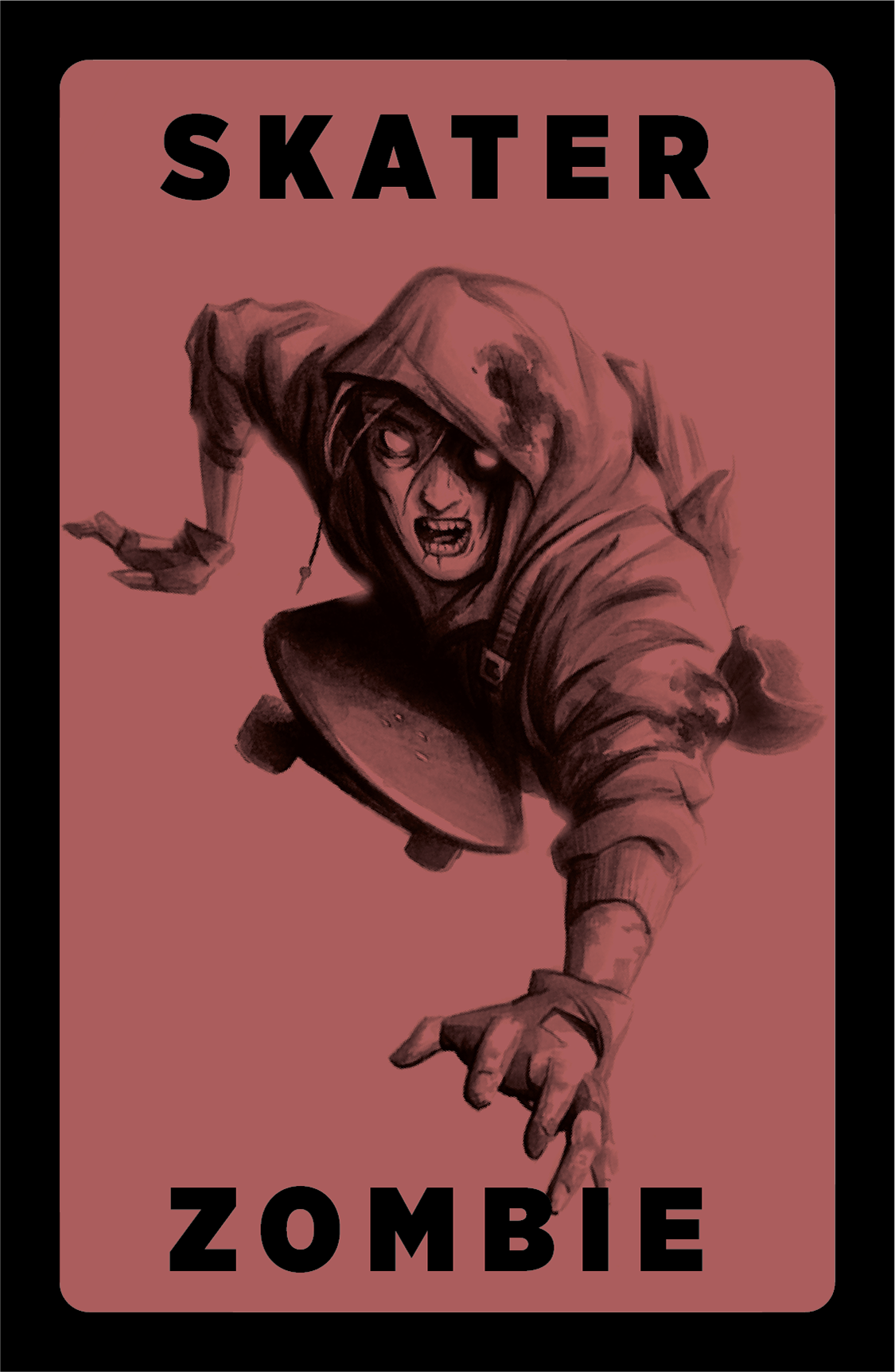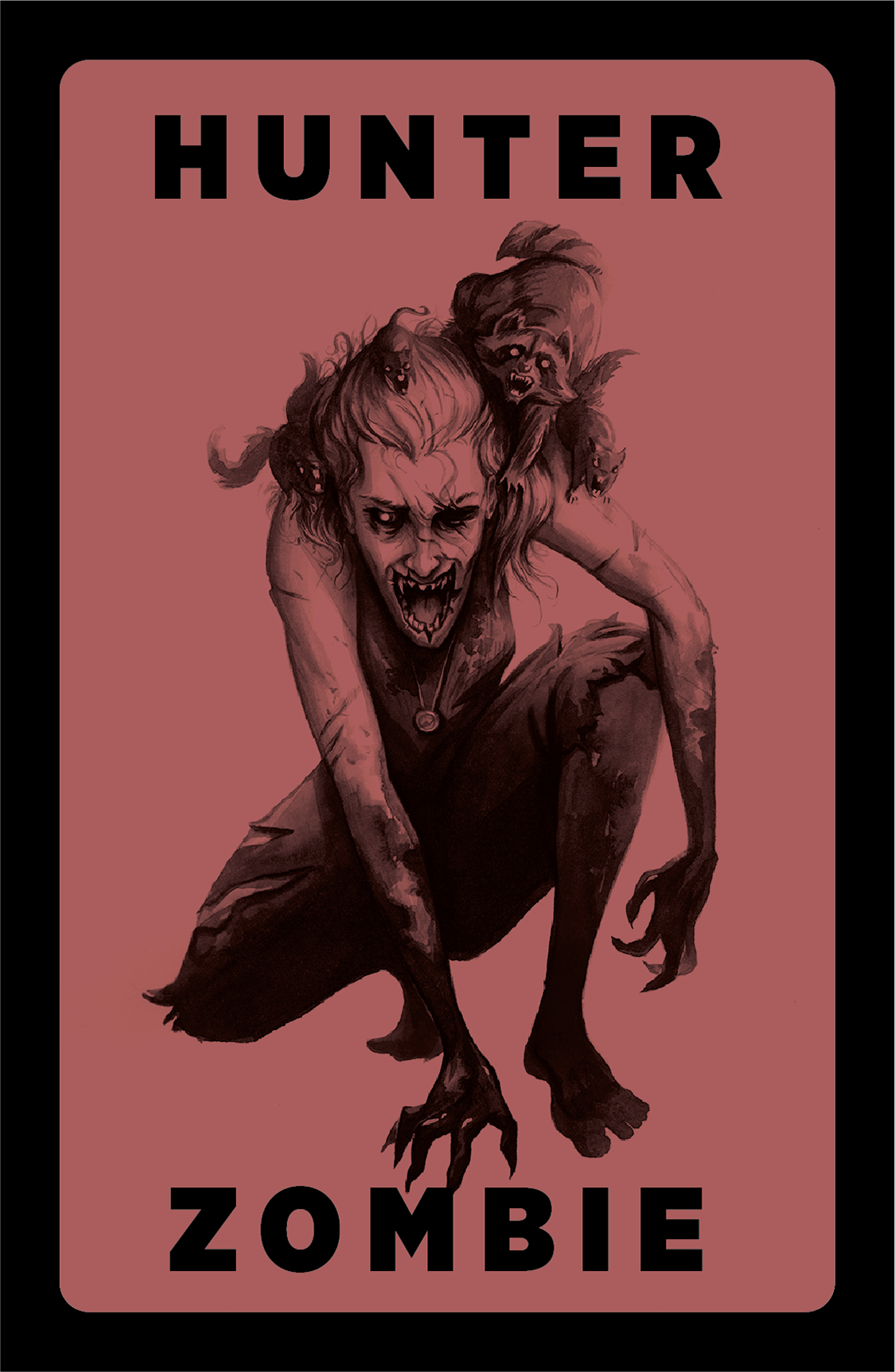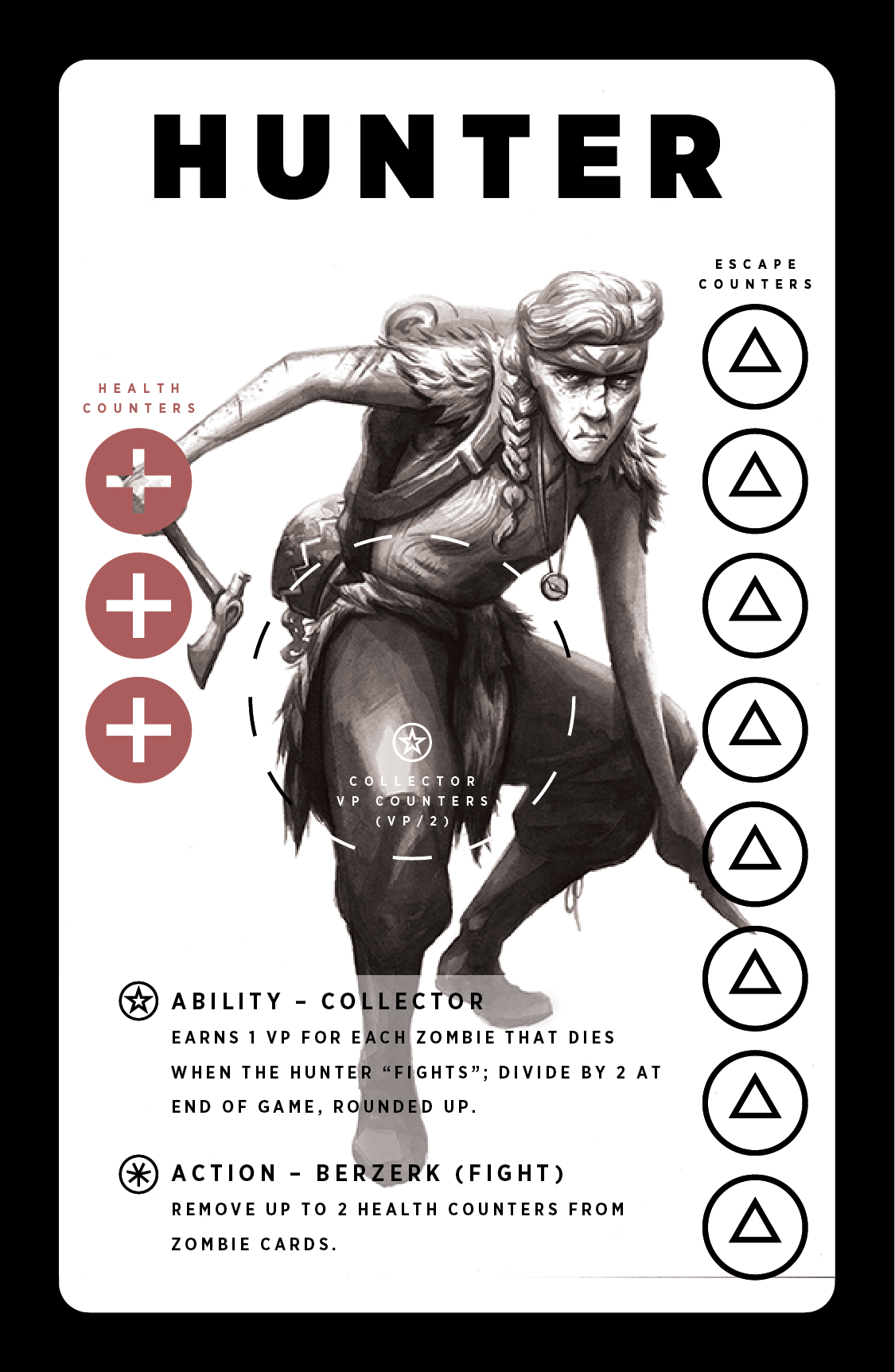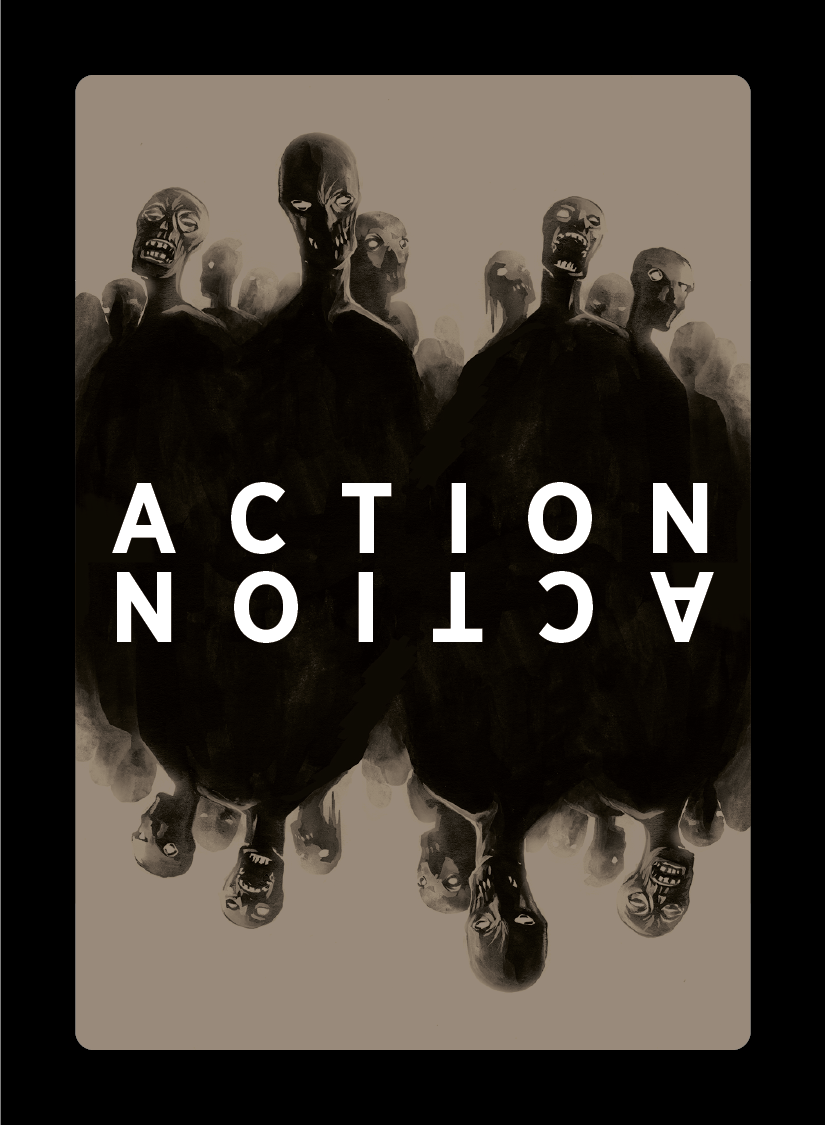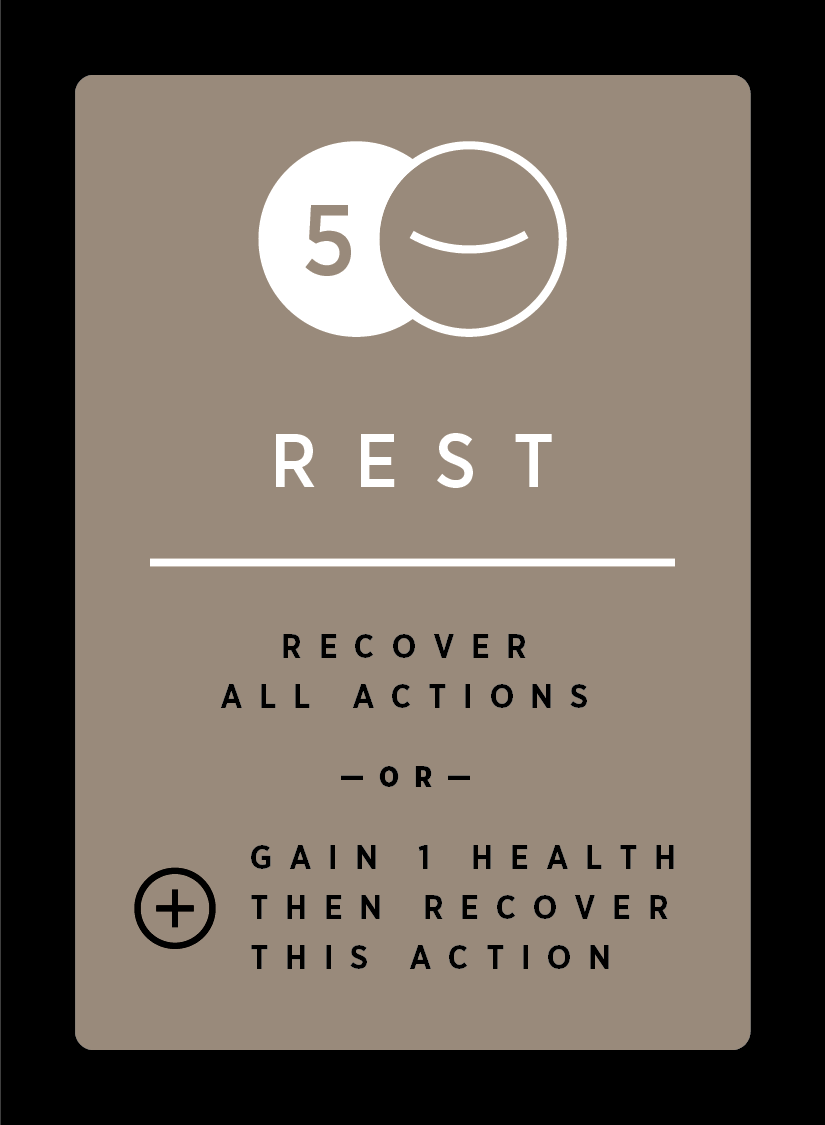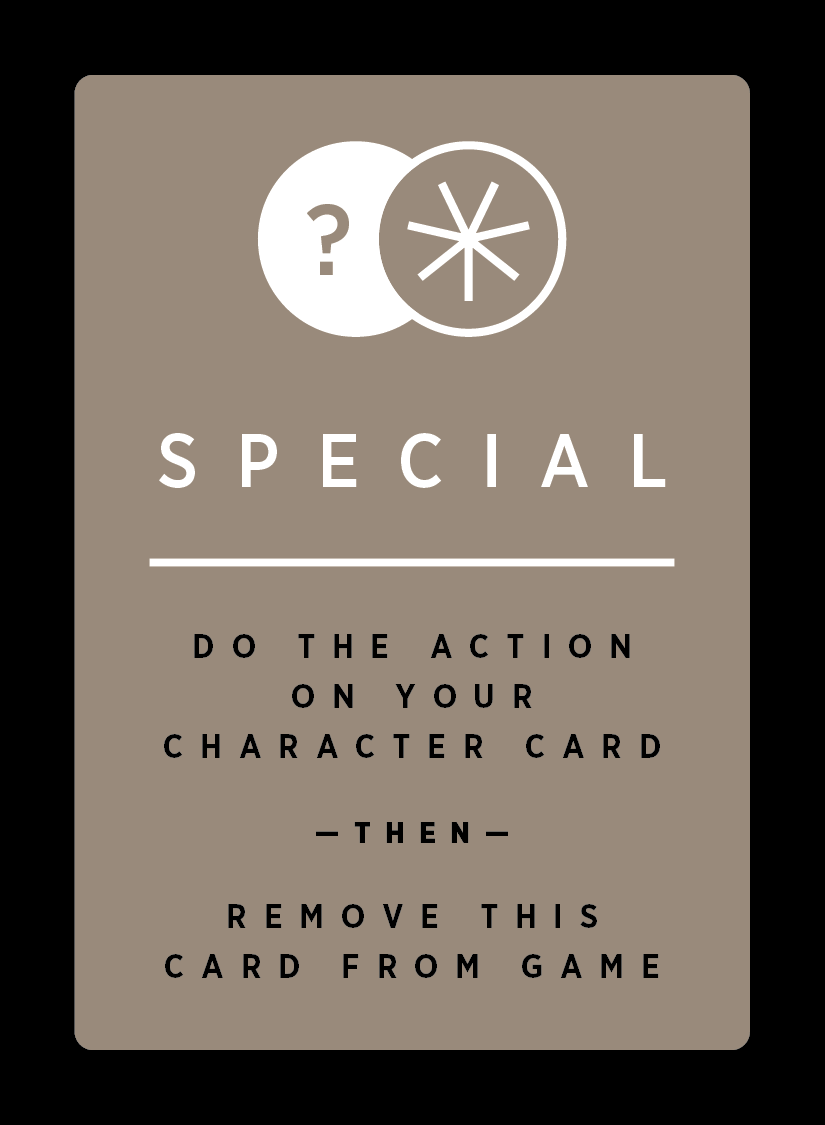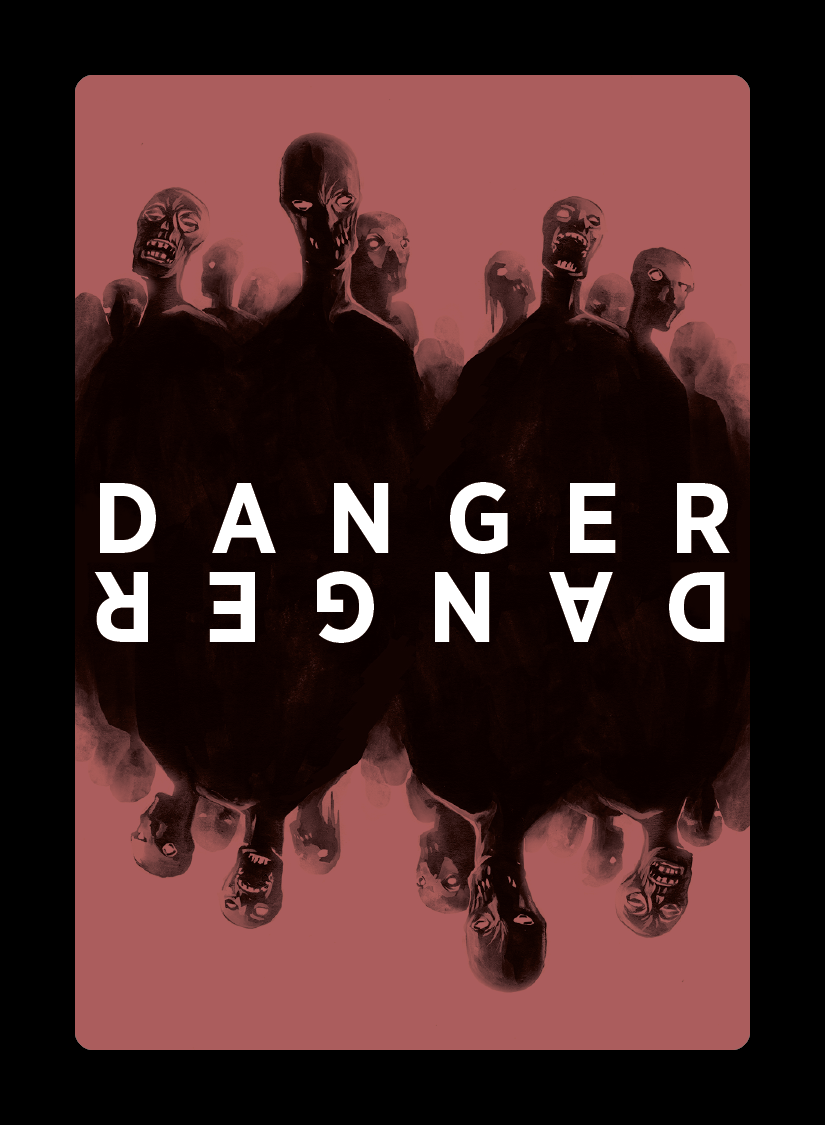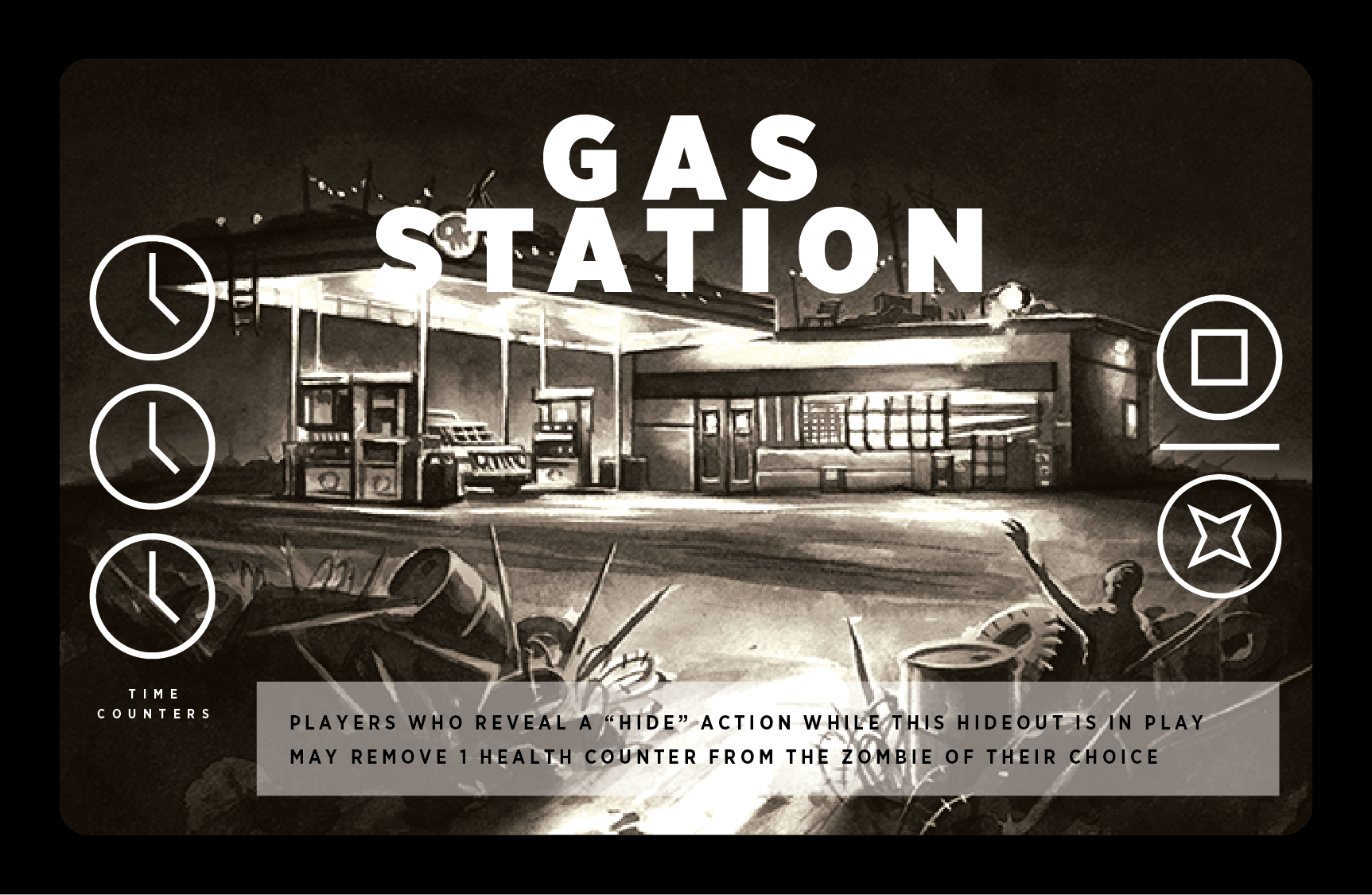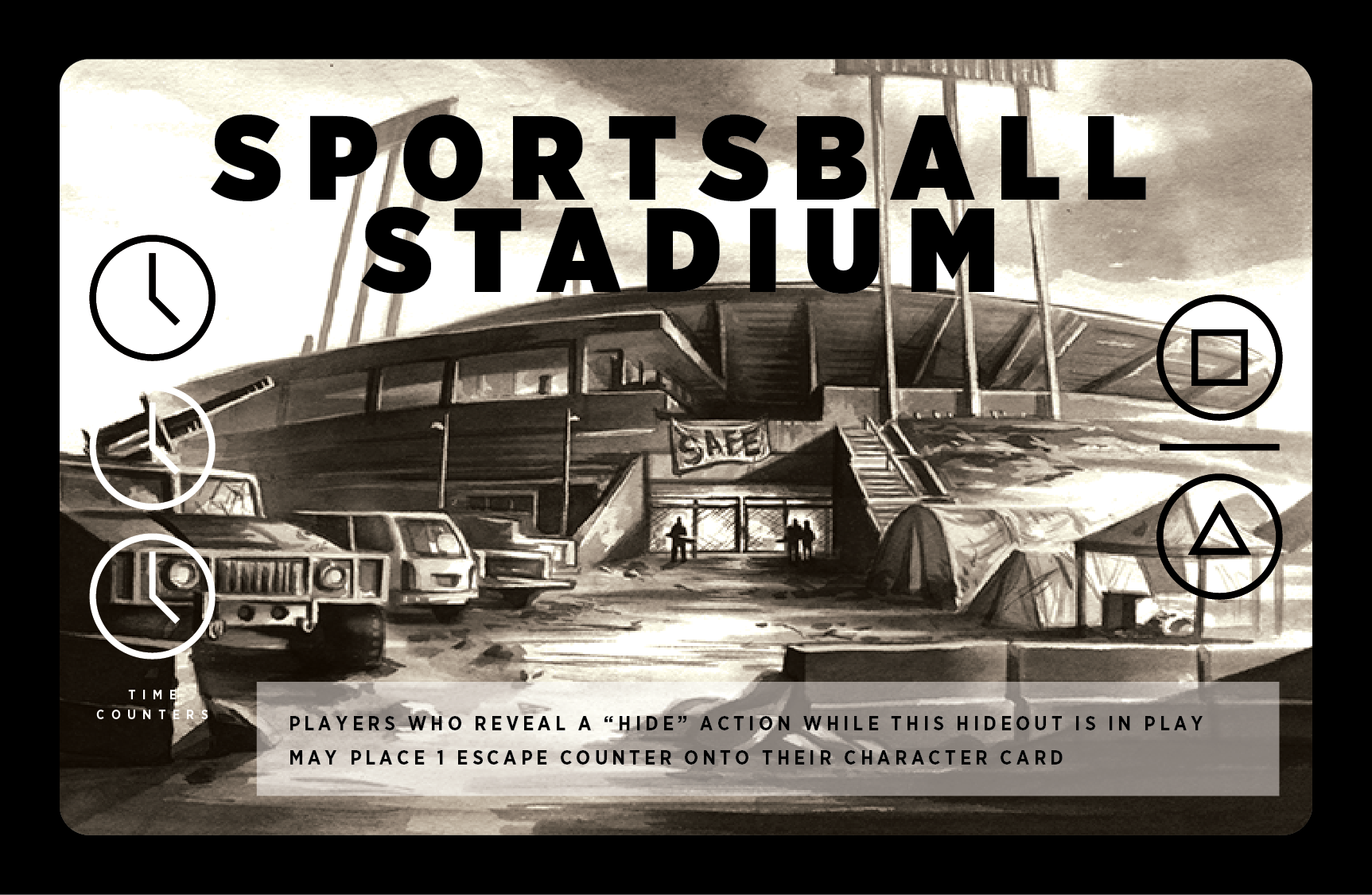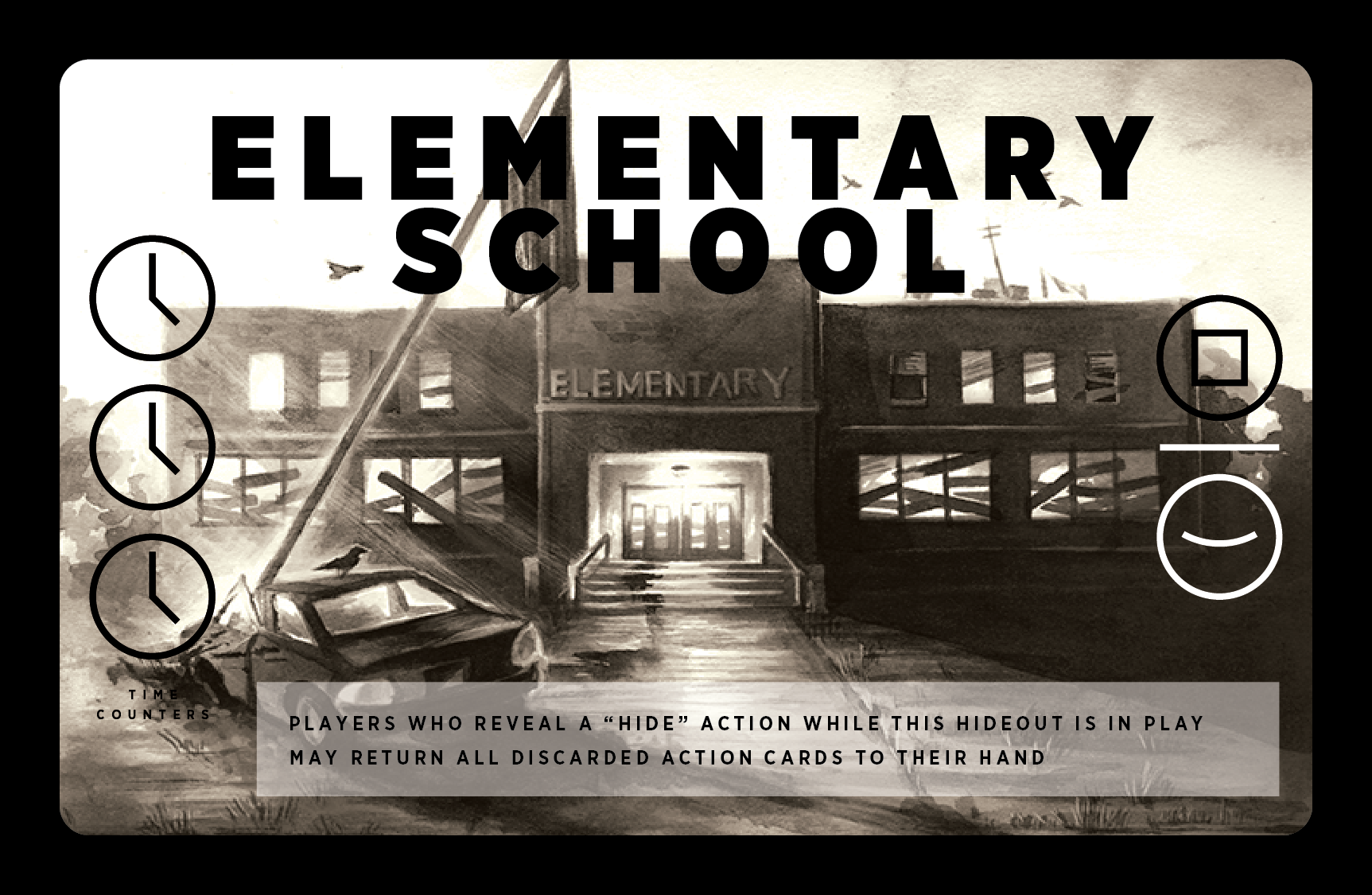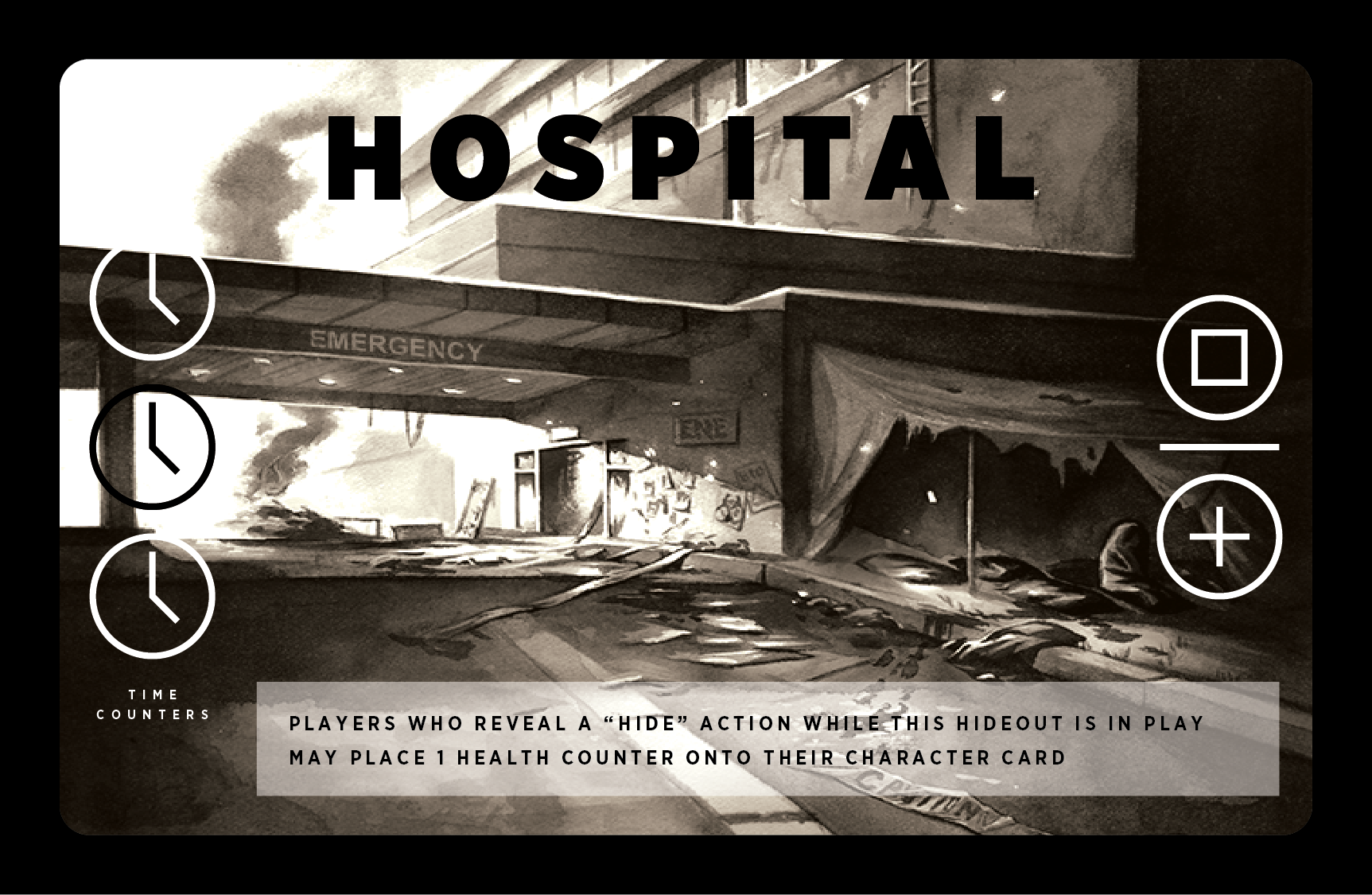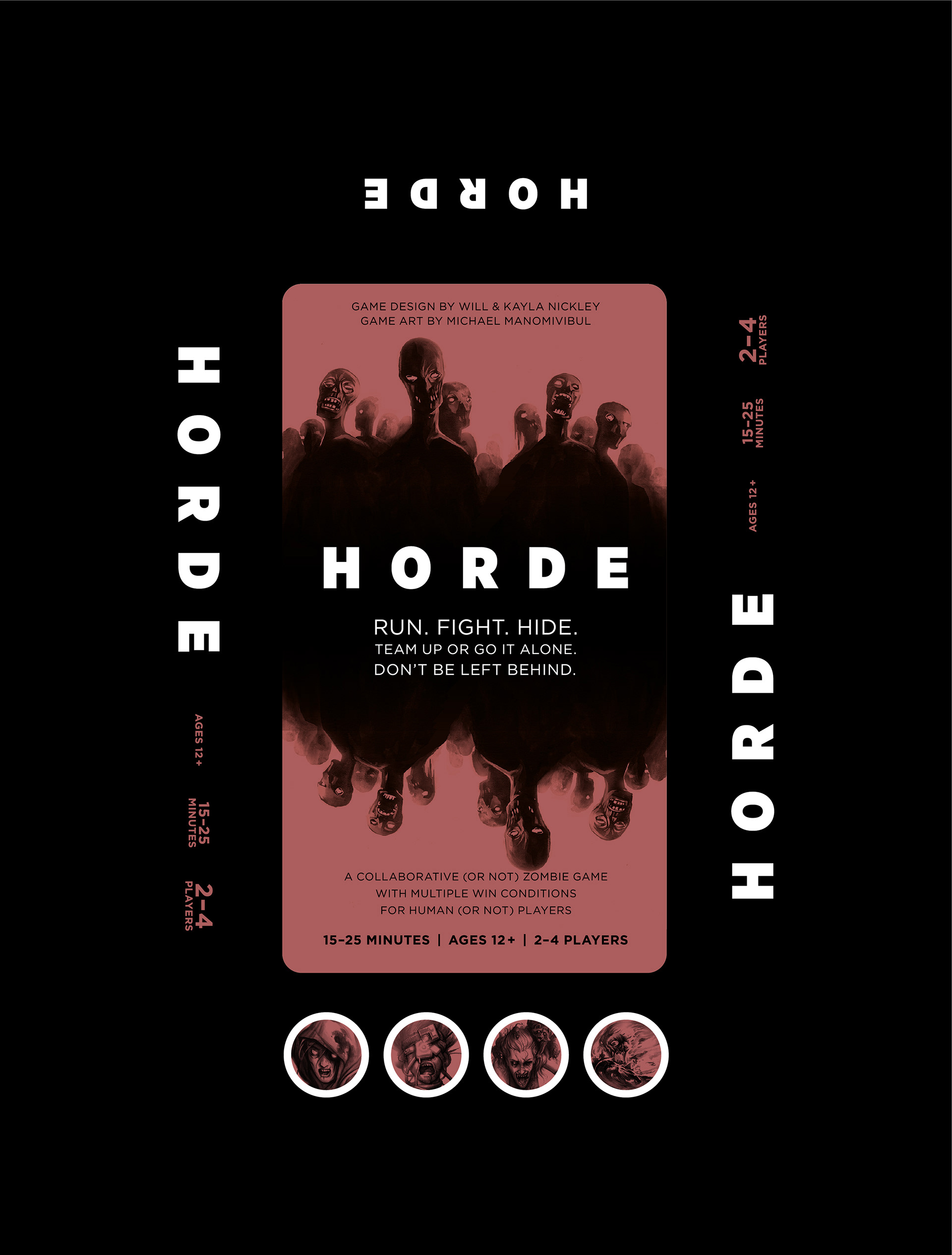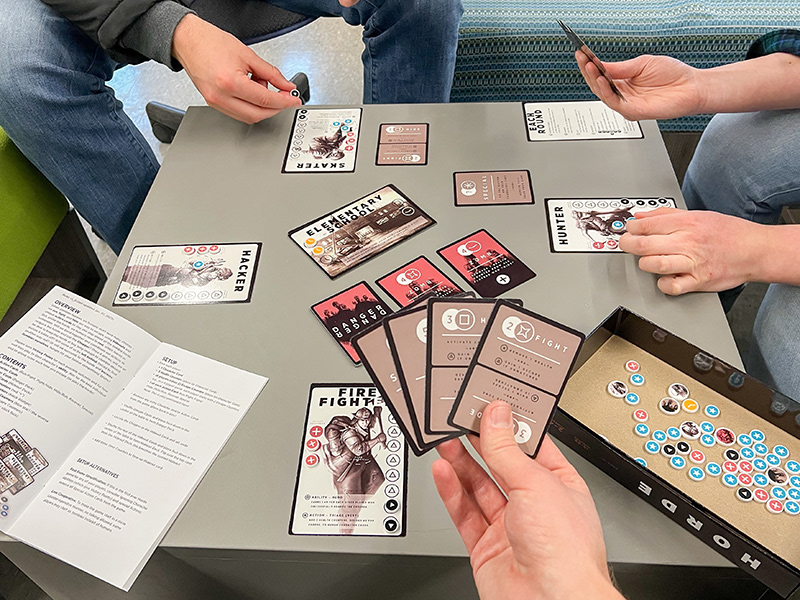Horde, an indie zombie game with killer art
Started as a passion project by Will & Kayla Nickley in 2012, Horde offers a few things most indie card games don't: co-op and versus play styles, multiple win conditions, high quality prints and premium plastic game pieces, and killer art by Michael Manomivibul.
After a nearly 8-year break in development (i.e., burnout), Horde was finally completed in 2023 – Horde is now available for purchase via GameCrafter!
As of September, 2023, a playable digital version of Horde is available for free via Tabletop Simulator (for PC on Steam).
Character art
Horde features four heroes: the firefighter, the hunter, the hacker, and the skater. These characters start the game as humans, but if players aren't careful, they may transform into zombie versions of their former selves (triggering an alternate win condition for zombie players).
Players with a keen eye may spot some thematic details artist Michael Manomivibul carried from each character's human form to their zombie form.
Game designers Will & Kayla wanted players to be able to identify with any hero, therefore they worked with the game artist to create heroes that left gender stereotypes behind.
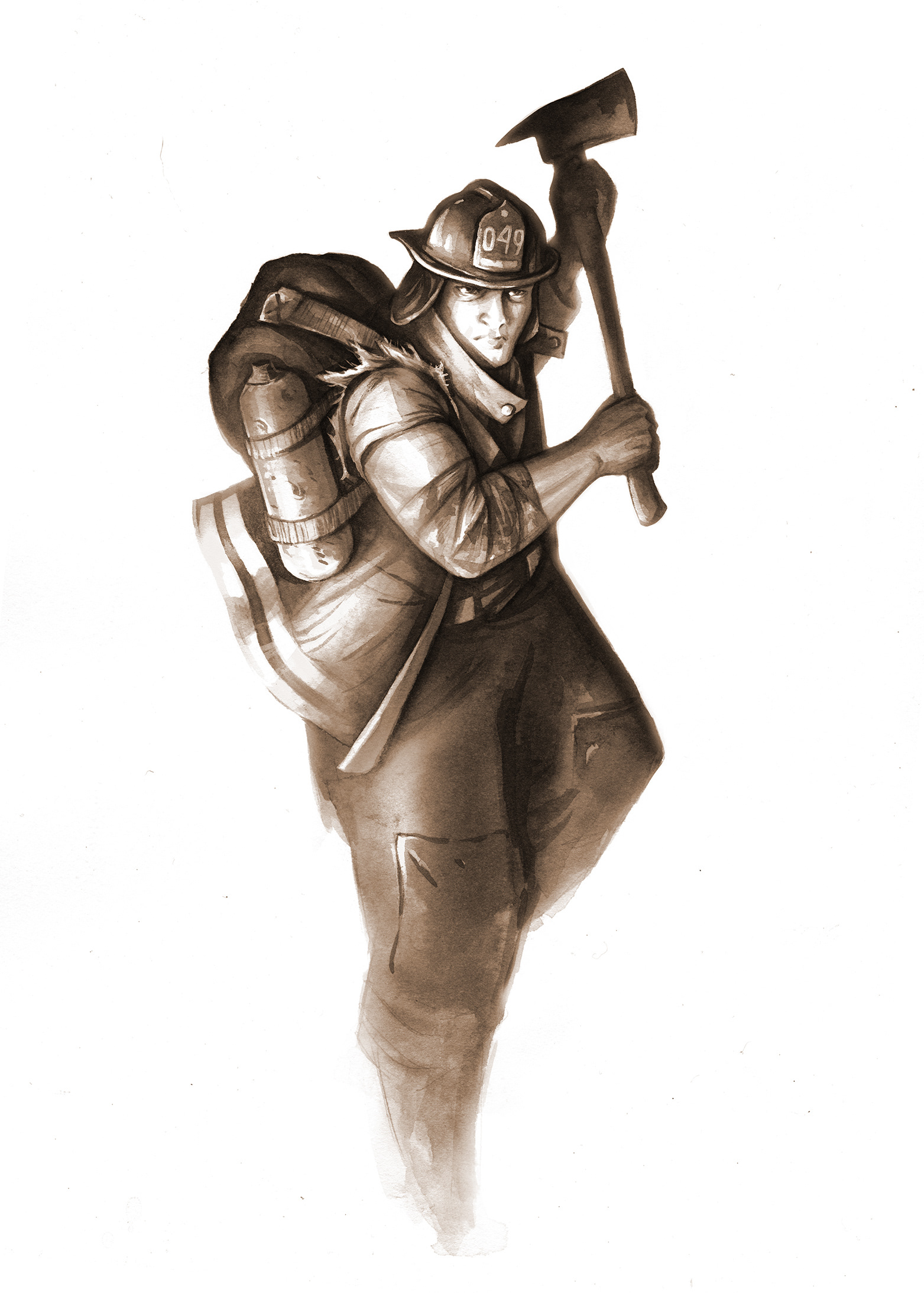
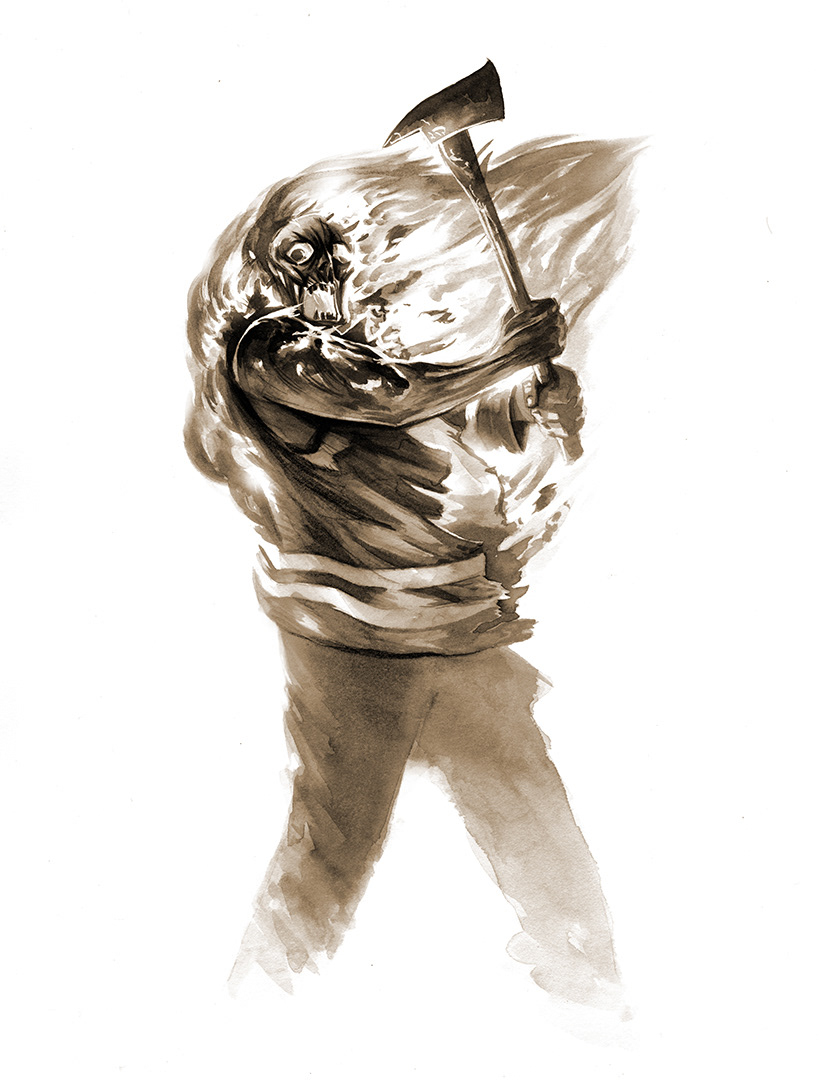
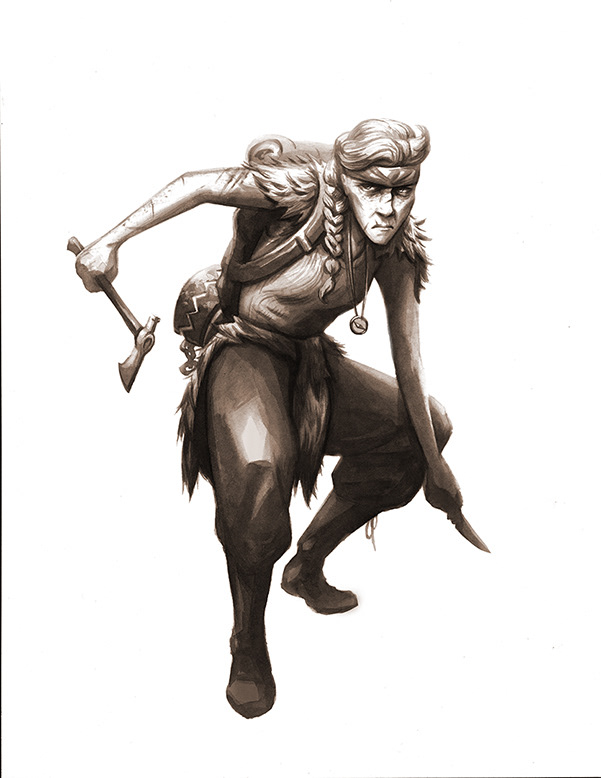
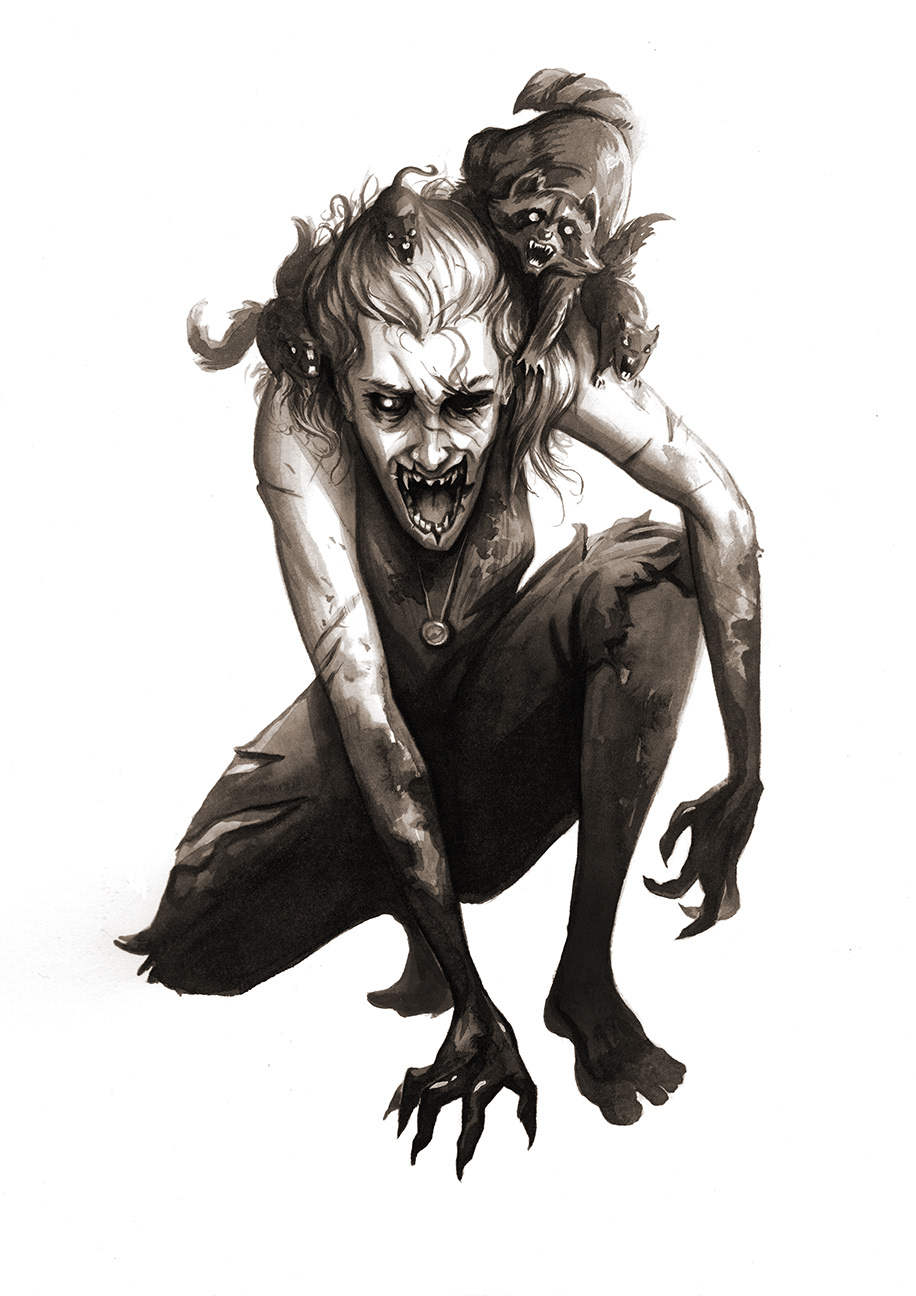

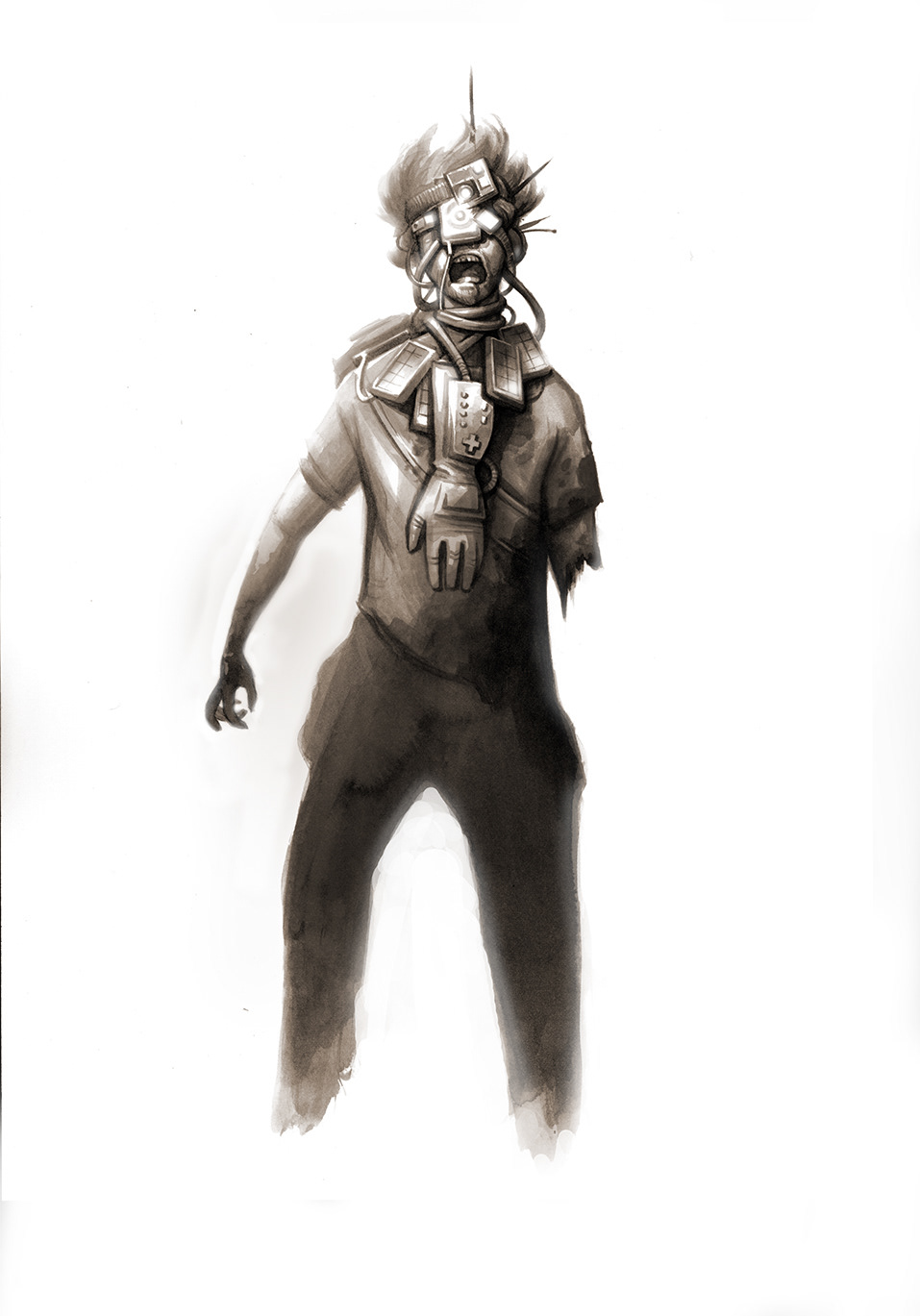

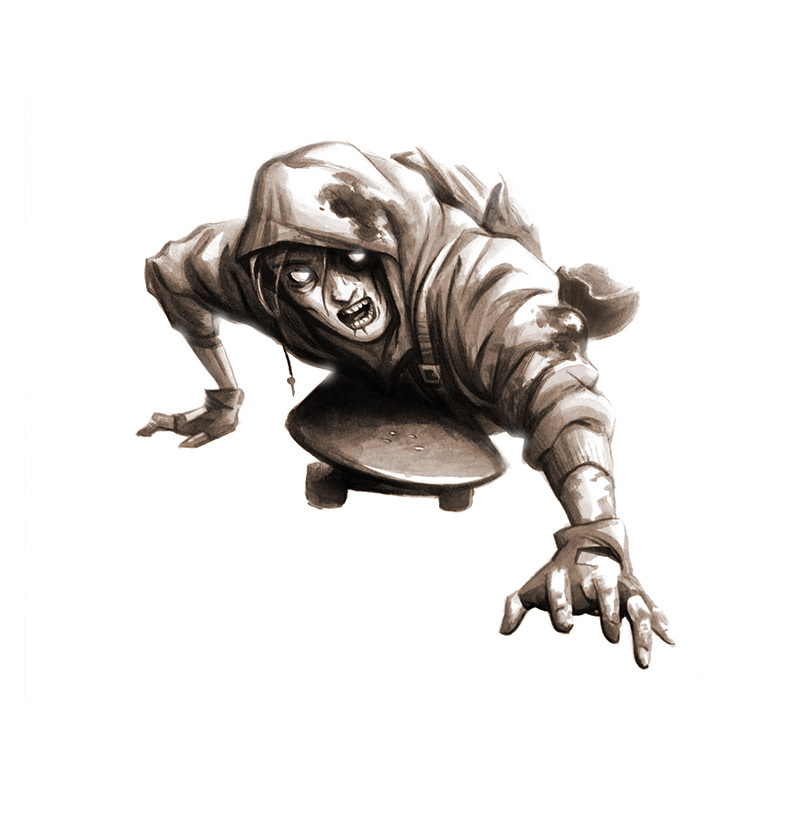
Hideout art
Horde features four hideouts: the elementary school, the gas station, the hospital, and the sportsball stadium. During the game, players can activate special bonuses at each hideout.
Artist Michael Manomivibul worked to include subtle signs of life in each post-apocalyptic hideout scene, hinting at an ongoing struggle that extends beyond the action of a single game of Horde.
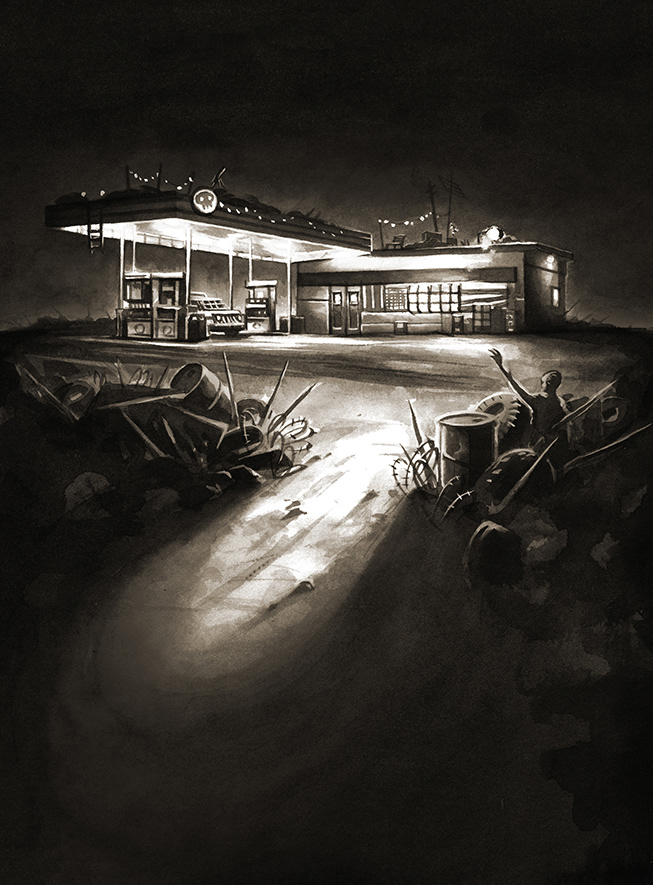

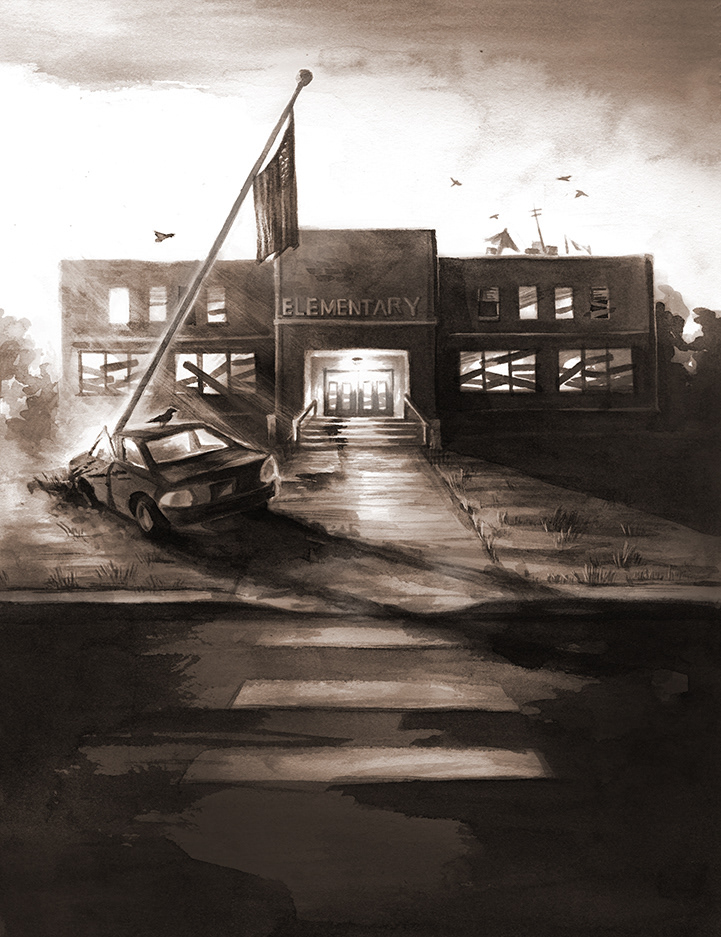
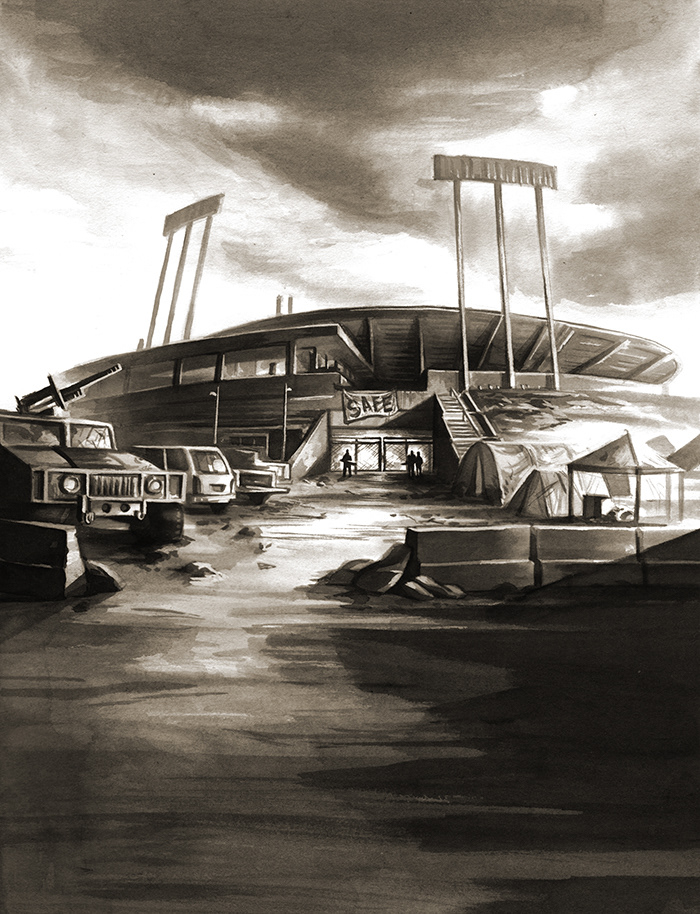
Horde art development
Game designers Will & Kayla worked with game artist Michael to develop a thematic world for Horde. Featured here (in no particular order) are several of Michael's initial concept sketches for hideouts and characters.
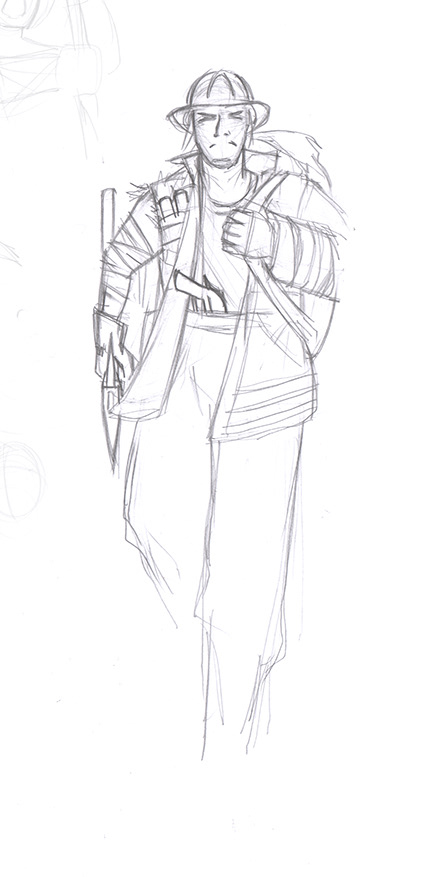

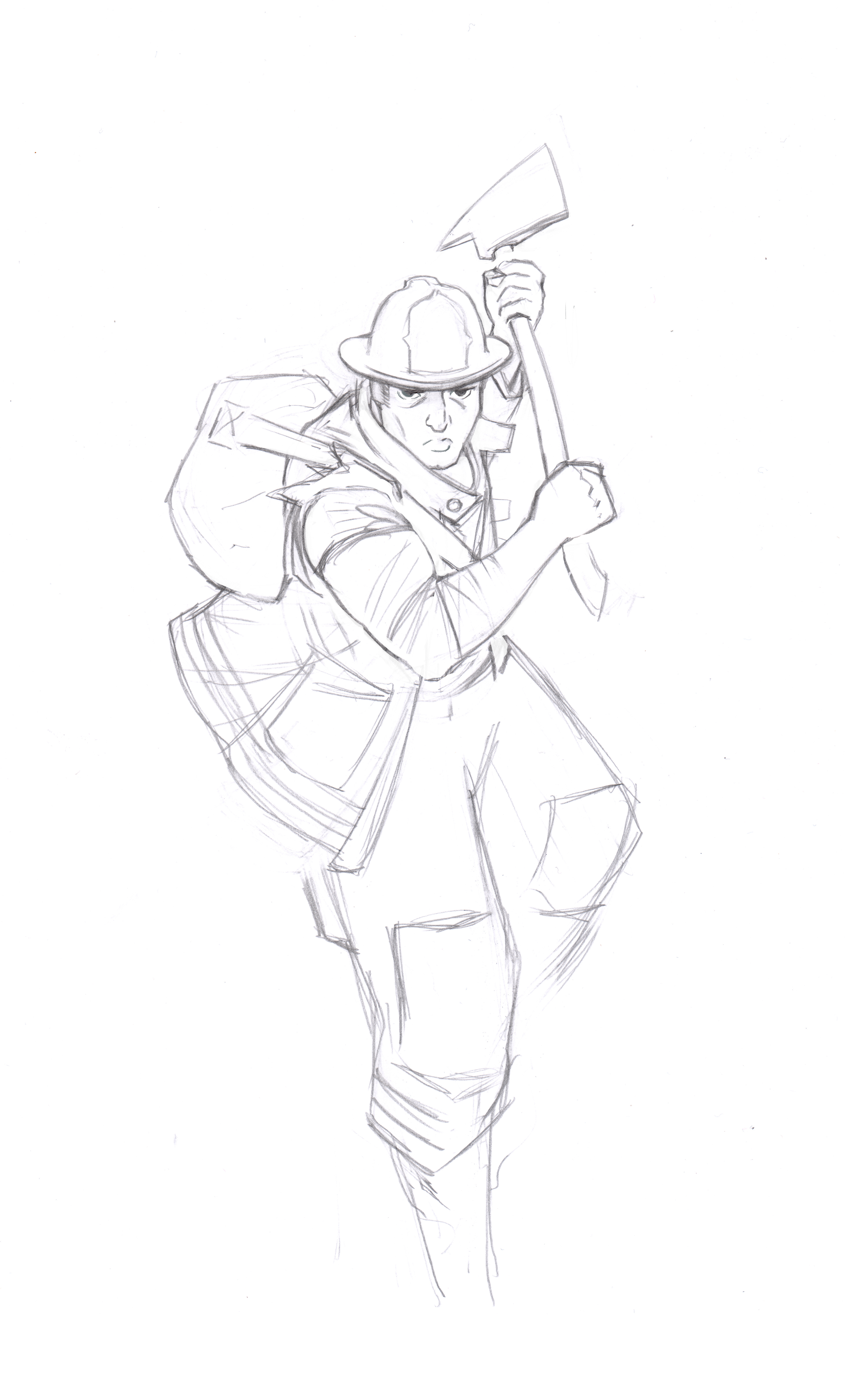
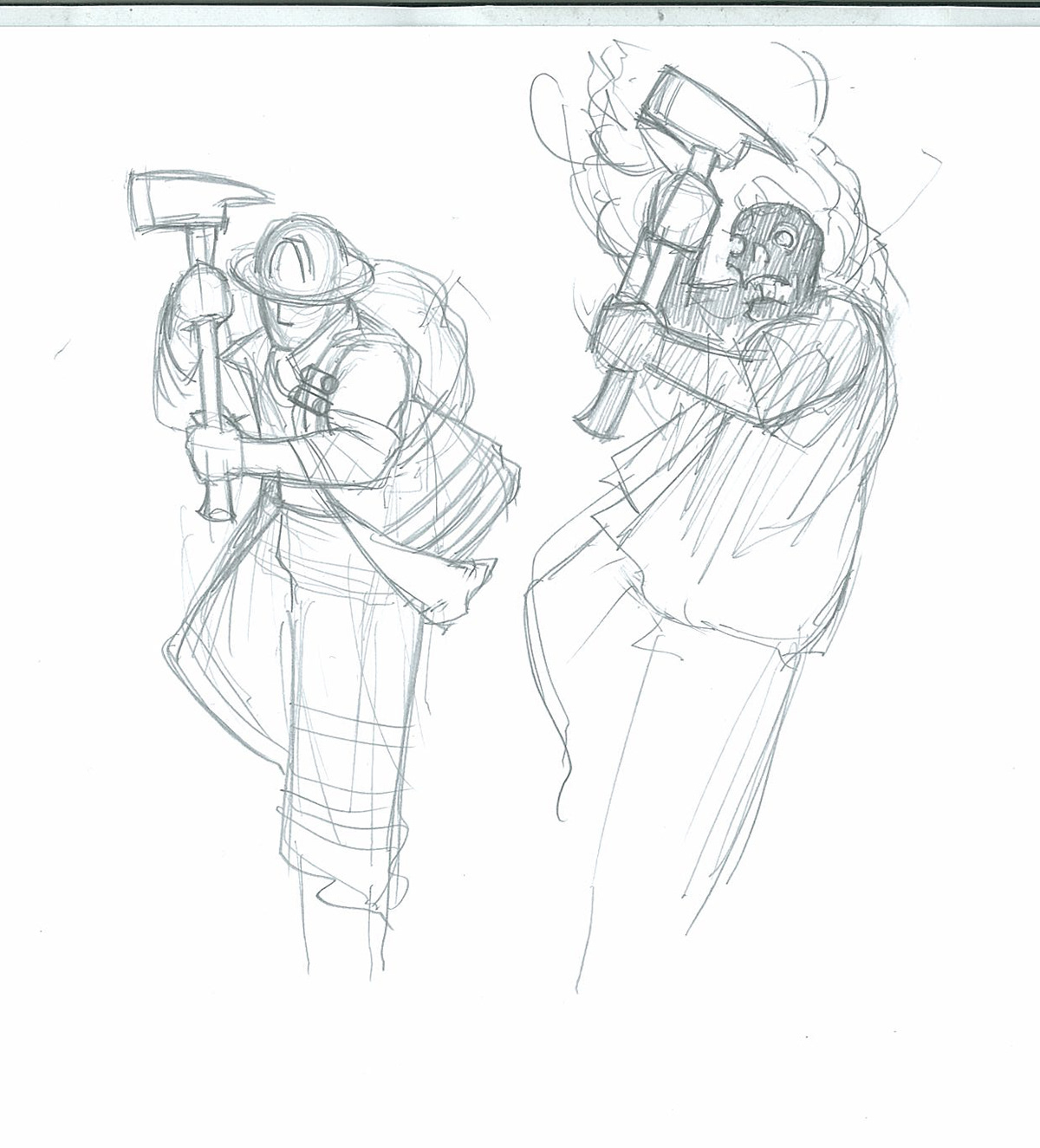

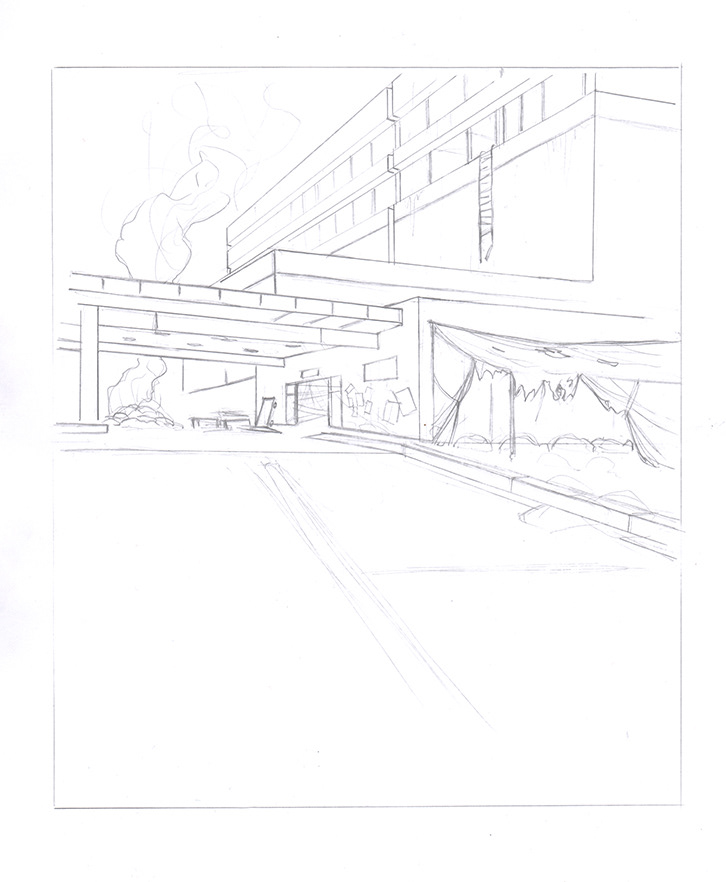
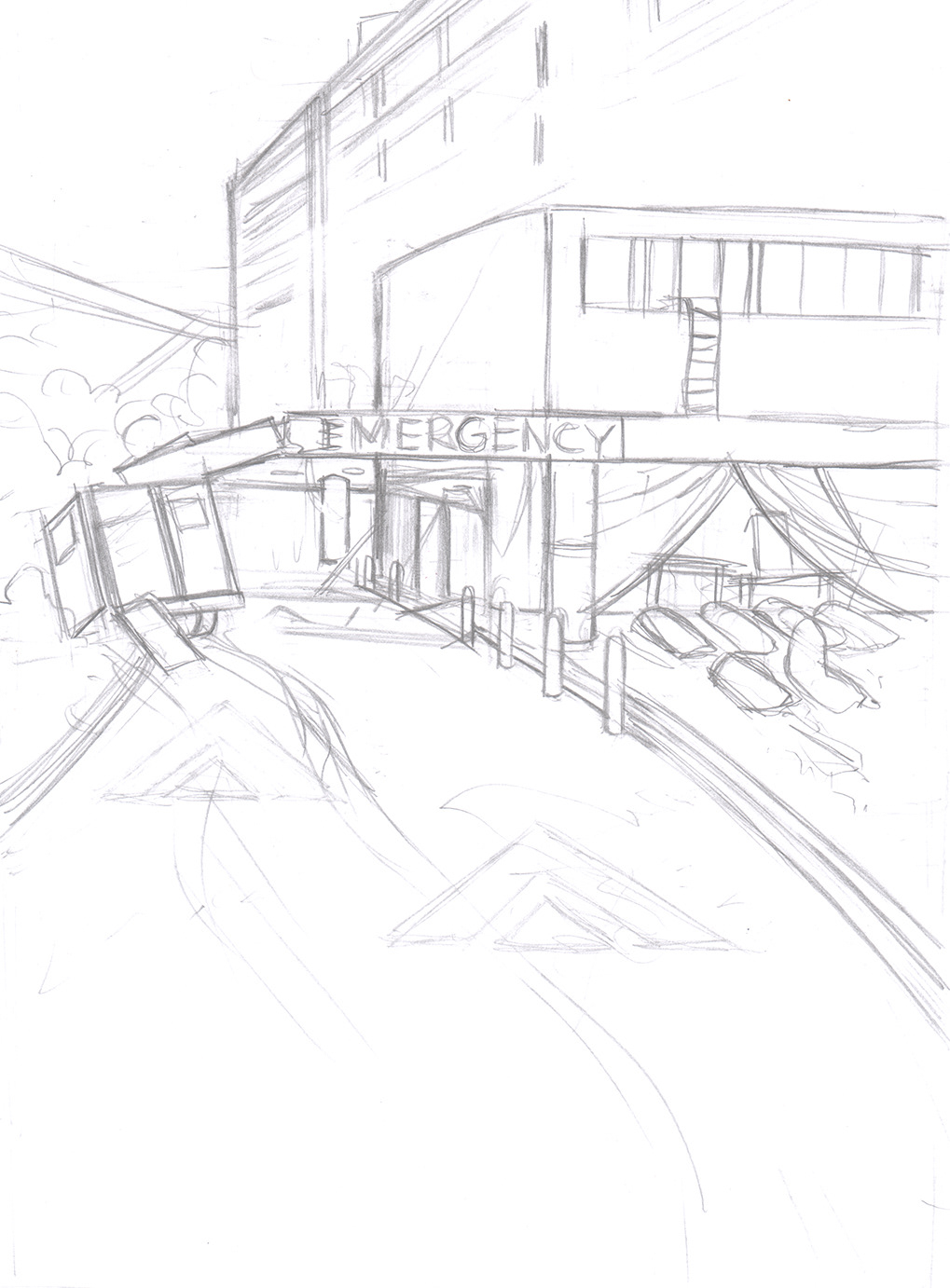
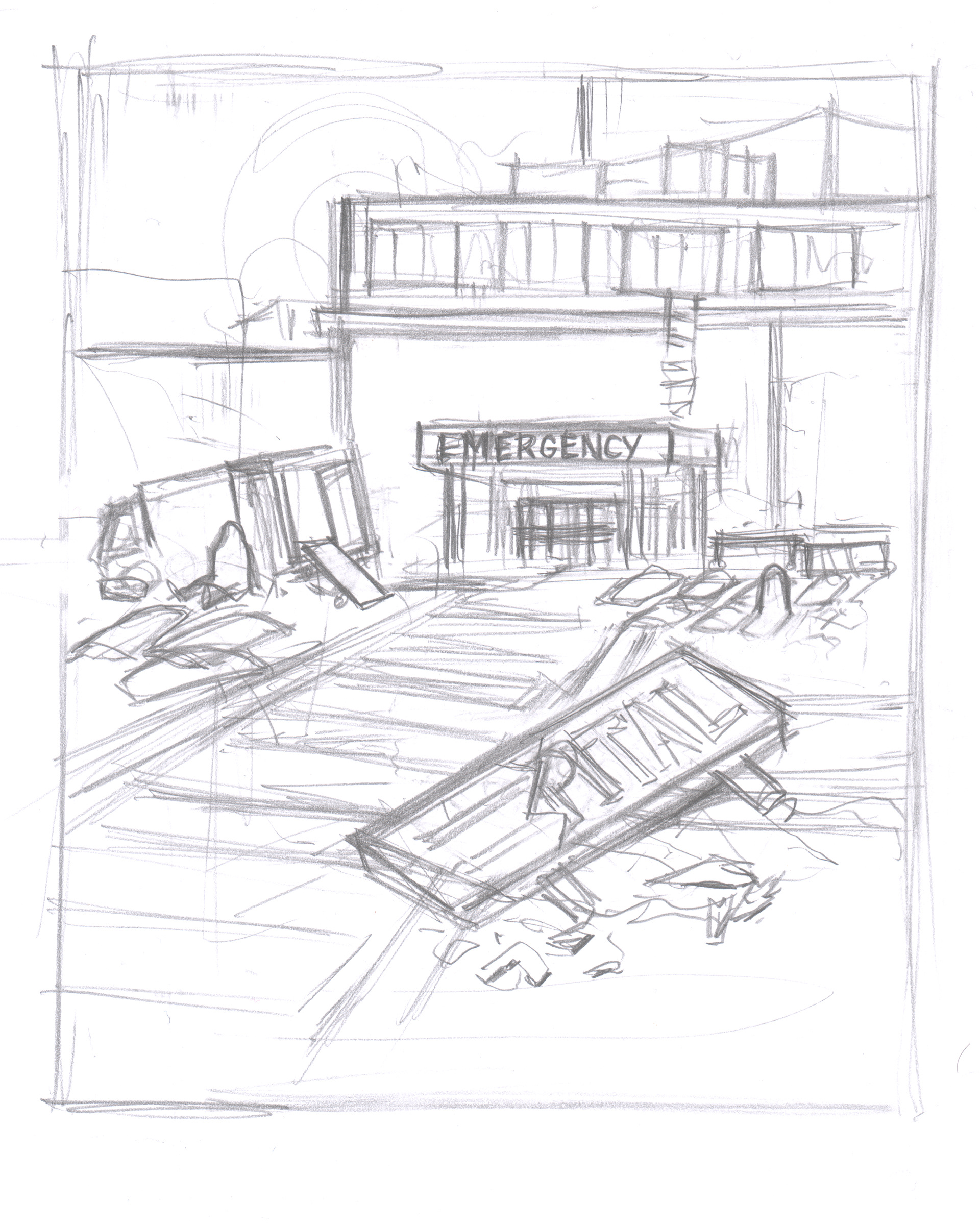
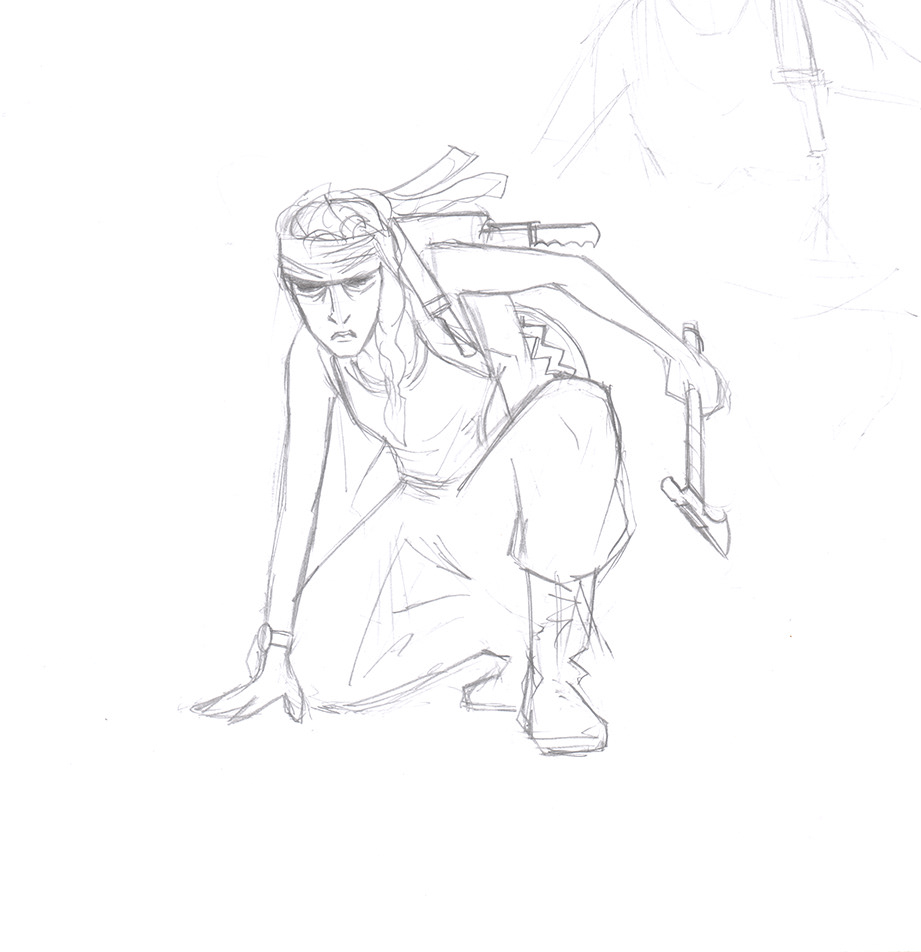
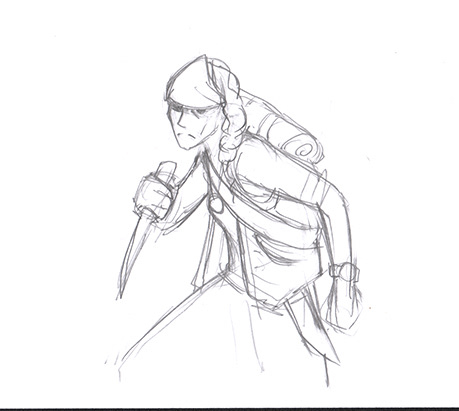
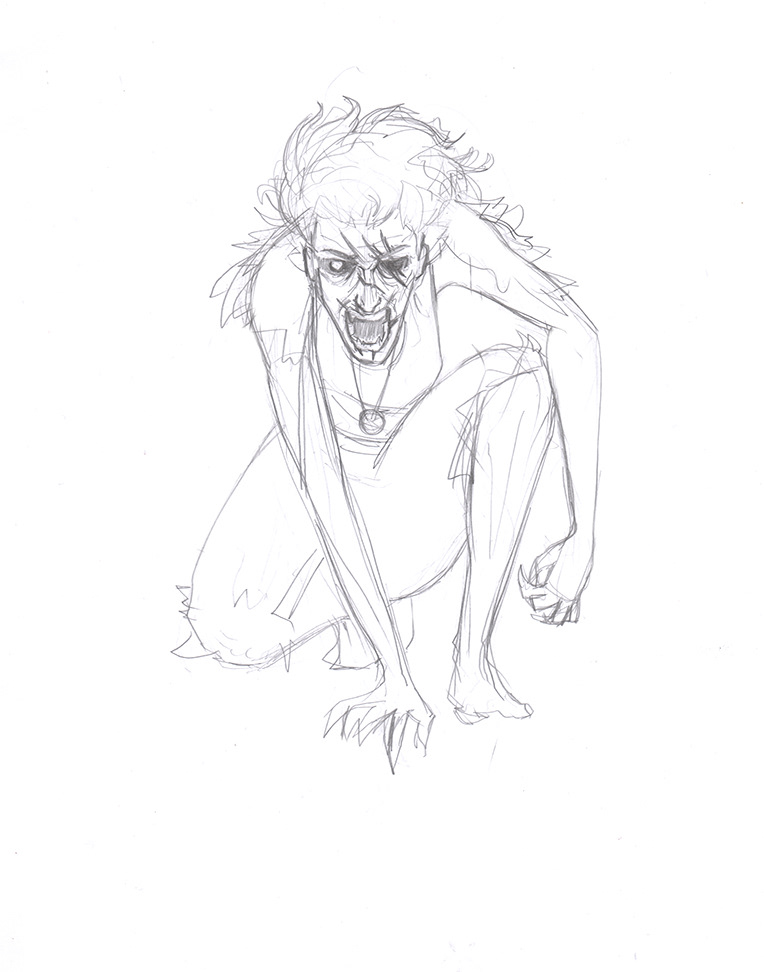
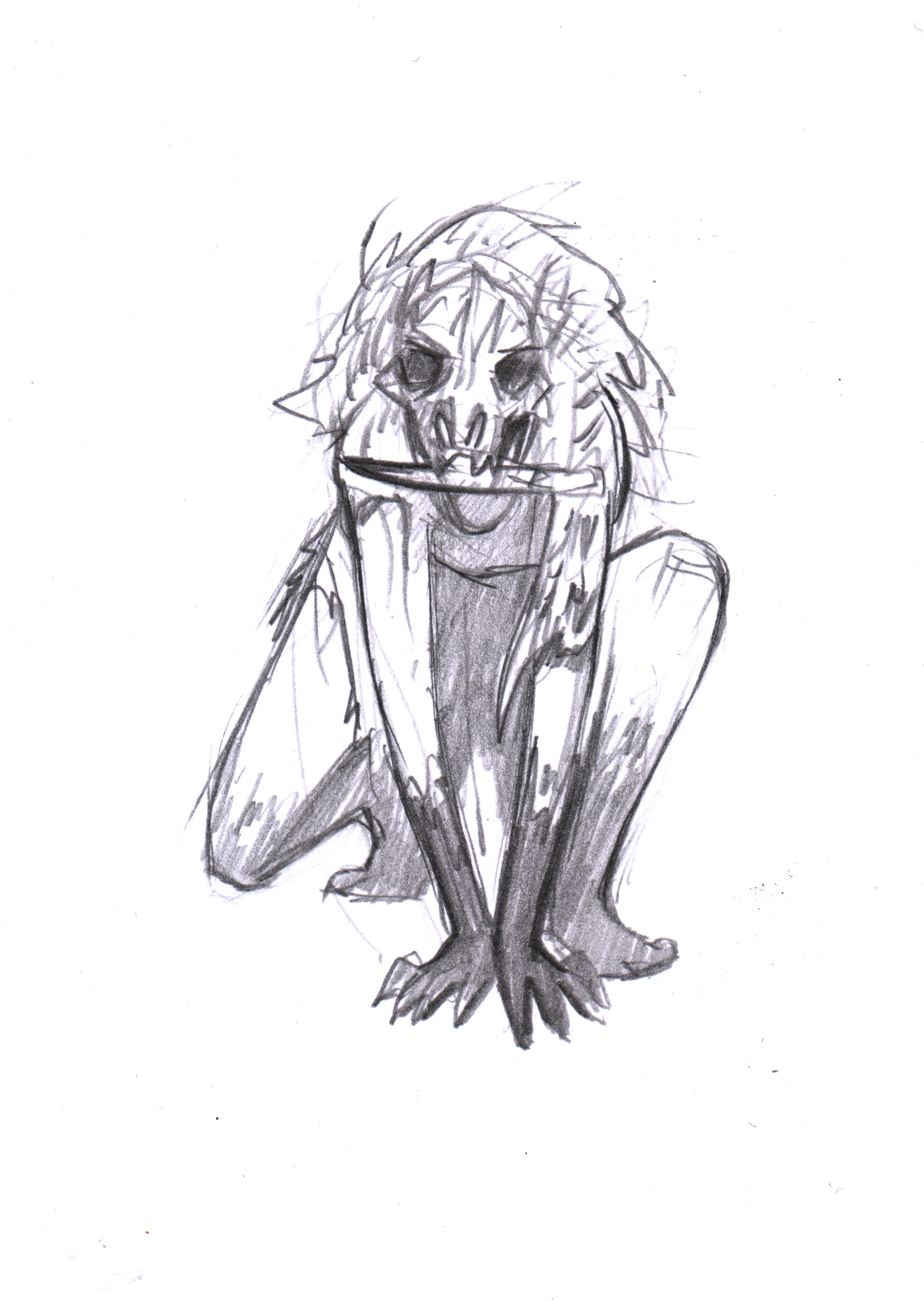

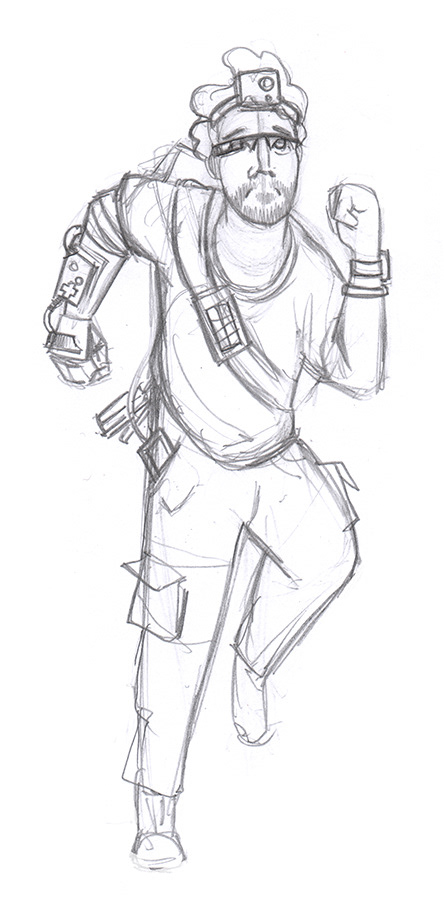

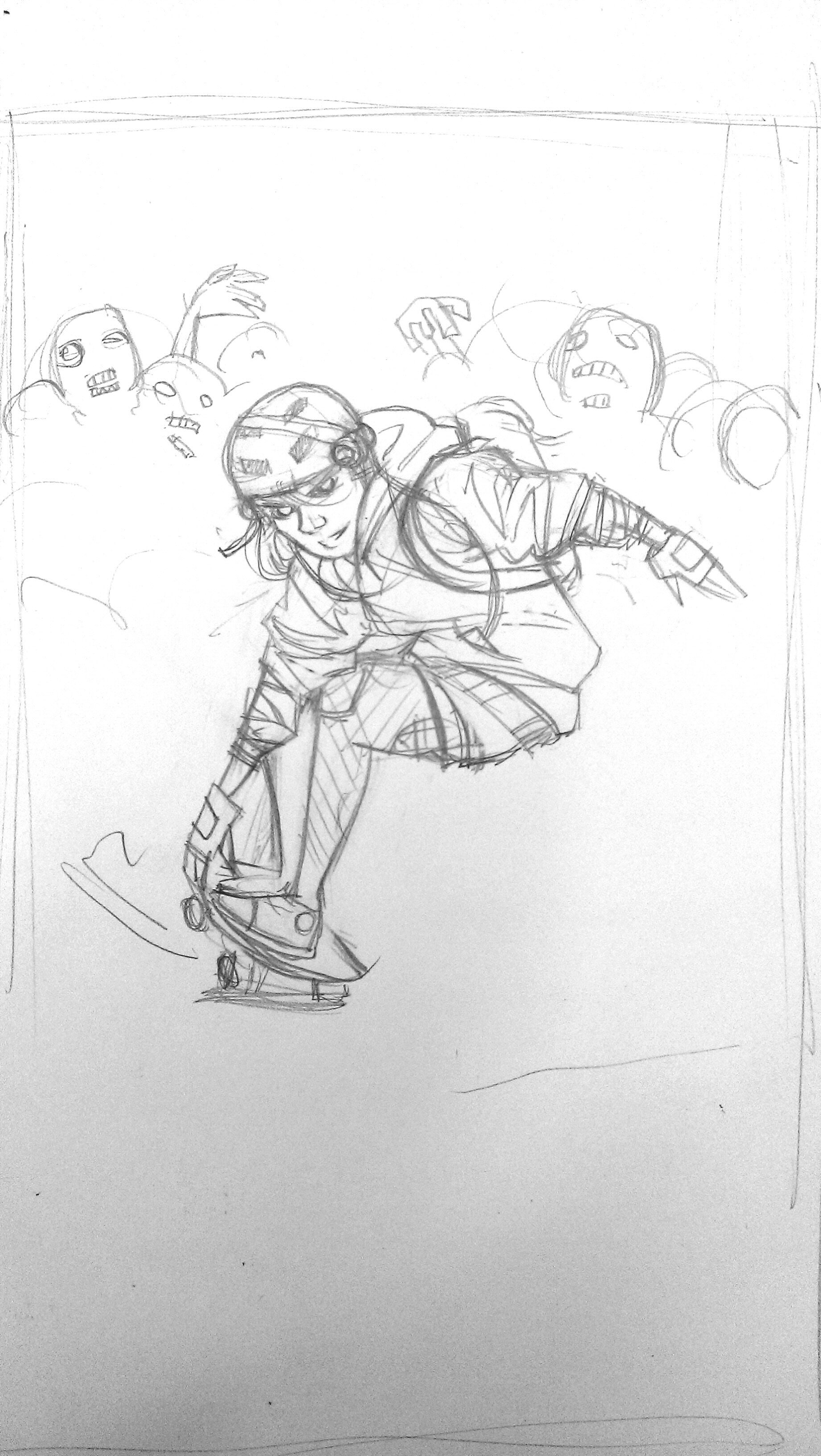
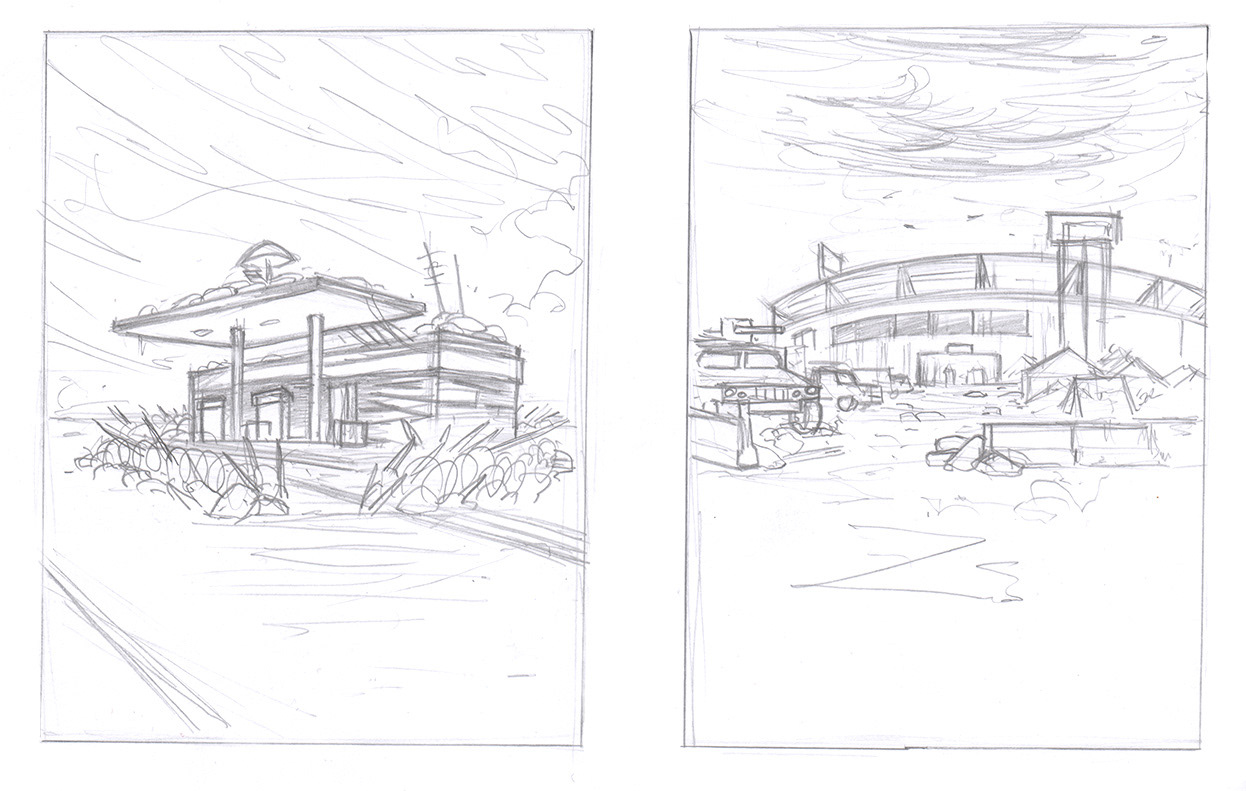
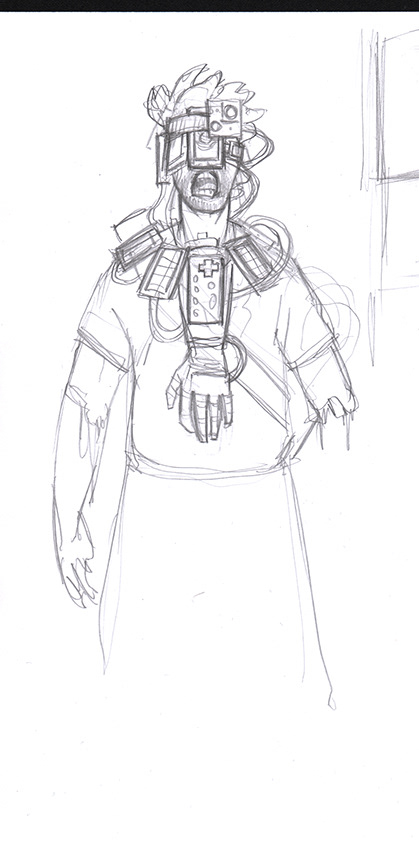
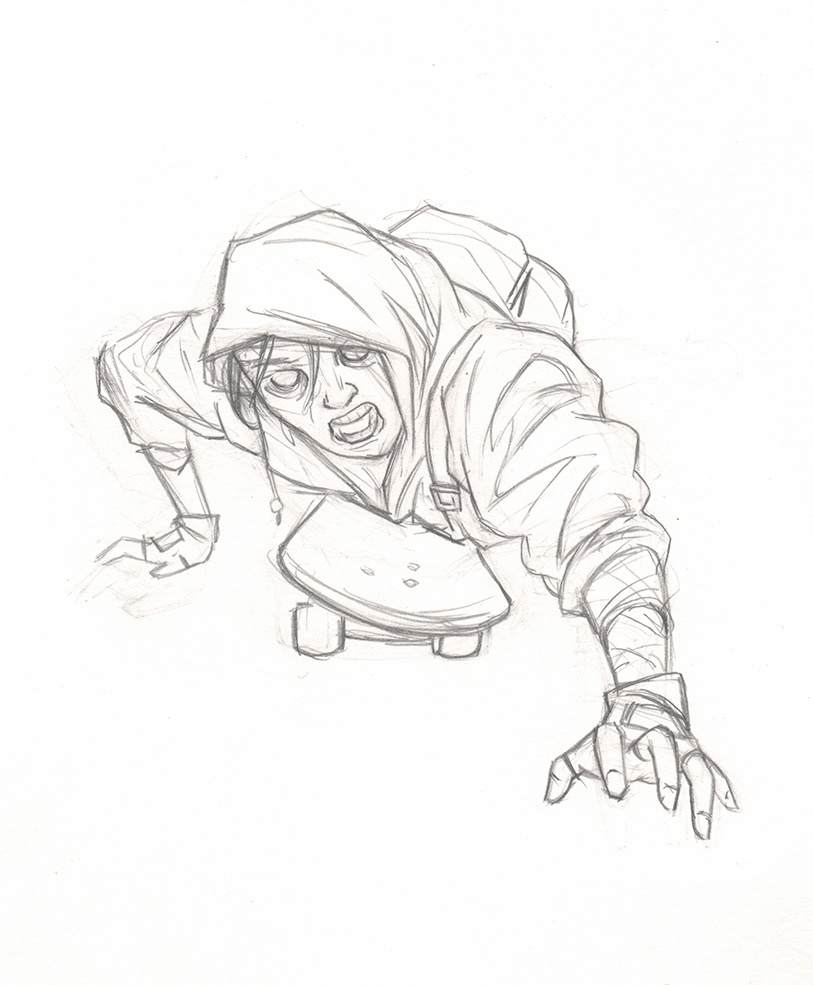

Graphic design
Adapting Michael's art to the functional game mechanics Will & Kayla developed involved layering graphics elements onto game pieces - cards and tokens - that would work together to provide players with a natural game experience. This involved the development of a visual brand language that encompassed custom icons, card and type layout, tokens, a rules booklet and a game box!
